Against Aerial Attack - Commemorating Home Defences of WW1
One or two friends asked if I would make my Dawn to Dusk Challenge report available digitally. I've tried to convert it into this blog. I've made some minor re-arrangements: I have brought the Aeroplane and Crew details to the start, included more photographs and omitted copies of the forms and plogs that had to accompany the report; otherwise, the text is as it was submitted, warty as it is, with one exception to update a mystery and the layout is more or less the same.
Since that one day, I've learned a great deal more as I've read more. The exercise has kept on giving.
Against Aerial Attack: Commemorating Home Defences in WW1
Pooley’s
Dawn to Dusk Challenge
2017
Contents
Aeroplane, Crew
Introduction
Introduction
Site List
Leg 1: Kent Coast
Leg 2: Sheppy to Suffolk
Leg 3: Suffolk to The Wash
Leg 4: Linconshire
Leg 5: Beverley to Berwick
Sources and Acknowledgements
Sources and Acknowledgements
The Aeroplane
G-TECC is a 1946 Aeronca Champ, mine since 2003. Despite needing much TLC, she kept on going until it was obvious an engine overhaul was required. A gradual programme of other renovation was also underway, but in 2008, an engine failure (100 hrs post overhaul) meant a field landing, when a pre-existing crack in the starboard gear spoiled an otherwise textbook arrival. The engine failure was traced to a loosening clamp on the spider that had allowed a lean cut. There was no question of giving her up, so I bought back the economic write-off from the insurance company when the local wood & fabric guru agreed to rebuild her. Since her triumphant return in 2011, better than factory new, we have flown the best part of another thousand hours together.
The Crew
Captain F H Farnham represents the RFC’s finest. Tacitly agreeing to step down to Observer for this mission, he has seen more of the country than he ever would have in service. Not having to lift and operate heavy cameras and plates was welcomed, although he was in constant demand to lend moral fibre to the rest of the crew. It may have been a bit of a shock to him when he realised we would not be served in the Officers’ Mess en route.
I (Nic) started flying in 1985, in gliders. I wasn’t the kid with the nose against the fence, I didn’t make Airfix models, I didn’t look skyward when aircraft flew overhead and I didn’t even start gliding with any great enthusiasm, let alone experience the ‘wow factor’. The gliding was a diversion that occurred somewhat accidentally when my frustrated wannabe flyer father joined the local club. Most people had a progress sheet. I had a regress sheet. It was a long and slow slog that eventually led to solo, part ownership of a Slingsby Swallow, then a Mucha, as the slow burn of obsession started. I learned that a winch launch was a huge wow for many, when, as an AEI, I got to introduce people to flying. I have also spent many hours in America where a good friend and mentor encouraged me to become a FAA certified gliding instructor and she was responsible for my first powered flight, which led to motor gliding, which led to sole ownership of a Scheibe Falke T61A, which led to the Tiger Club and flying their Cub and that led to meeting my partner, Richard, who flies the highest-houred homebuilt in the UK.
Captain F H Farnham represents the RFC’s finest. Tacitly agreeing to step down to Observer for this mission, he has seen more of the country than he ever would have in service. Not having to lift and operate heavy cameras and plates was welcomed, although he was in constant demand to lend moral fibre to the rest of the crew. It may have been a bit of a shock to him when he realised we would not be served in the Officers’ Mess en route.
I (Nic) started flying in 1985, in gliders. I wasn’t the kid with the nose against the fence, I didn’t make Airfix models, I didn’t look skyward when aircraft flew overhead and I didn’t even start gliding with any great enthusiasm, let alone experience the ‘wow factor’. The gliding was a diversion that occurred somewhat accidentally when my frustrated wannabe flyer father joined the local club. Most people had a progress sheet. I had a regress sheet. It was a long and slow slog that eventually led to solo, part ownership of a Slingsby Swallow, then a Mucha, as the slow burn of obsession started. I learned that a winch launch was a huge wow for many, when, as an AEI, I got to introduce people to flying. I have also spent many hours in America where a good friend and mentor encouraged me to become a FAA certified gliding instructor and she was responsible for my first powered flight, which led to motor gliding, which led to sole ownership of a Scheibe Falke T61A, which led to the Tiger Club and flying their Cub and that led to meeting my partner, Richard, who flies the highest-houred homebuilt in the UK.
Buying the Champ, in 2003, changed everything. Often in loose formation, Richard & I went to fly-ins, toured France, reached Denmark for the KZ Rally and Tannheim for Tannkosh. We fly a great deal together and with neither of us working now, we can try to support more of the flying causes close to our hearts. The Champ is neither fast nor fancy but she’s faster than my brain: I’m no ace of the base, preferring to enjoy the view. I am fortunate to have found the aeroplane I love. ’CC and I are married now. She gave me an O ring and I give her all my money.
The Challenge
Being not a “I’m going to do that” but a “I wonder if I could do that” person, I nibbled the edges of things until realising that something was edible. Had the first Champ I saw not had only one more instrument than my glider, I’d never have ever flown anything noisier. Vaguely aware of Dawn to Dusk since I started flying, I’d dismissed it as impossible for one who knew nothing, didn’t like complication and anyway, clever people have probably flown several of these in a day, doing aerobatics all the way. More recently, though, I looked again at the reasons why I couldn’t do this. Airfield opening hours. The Champ’s short legs. MY short legs. And so on. So what could I do? I removed the bricks in my homebuilt wall.
The day of the flight held few surprises. Early morning fog scuppered some of my planned, absolutely stunning, world class photographs, but the wind and visibility were benign throughout, with crosswinds offering no more than the usual concerns for take-off or landing. Communications seemed to work and the cork-based fuel gauge at least waited until I was able to confirm my en-route fuel consumption before sinking into oblivion. Variations in height were required all the way, which kept me concentrating and as the day developed, the thermals were interesting, particularly as I wouldn’t have expected such energy along the coast. G-TECC had been fitted with Pilot Aware in order to give track logging. I learned later that some friends had been watching my progress. Managing to find all but one of my sites was perhaps the most rewarding aspect of my day; hitting my target figure for the Royal British Legion has been the latest.
Introduction
Against Aerial
Attack: Commemorating Home Defences in WWI
I
grew up, post-war, in ‘Hellfire Corner’, where it is hard not to be aware of
and impressed by the diverse, extant defences on our coast. WW1 home defence had become an interest, but
as I read further, the number of interesting sites seemed limitless. It seemed
like a good idea to get aerial context by flying over them, getting
photographs, which, if done in a single day, formed my personal challenge. As the project grew I decided I would
concentrate only on aviation-related coastal defences and wireless detection,
with one or two exceptions that were en route to a fuel stop. ‘Coast’ I’ve defined as ‘within approximately
one mile of the coastline’. Much detail
has been summarily reduced, simply for reasons of space. Some sites developed from Napoleonic
defences, many sites were used again in WWII and a few have had more recent
importance, being redeveloped for Cold War operations. Much has gone, but amongst the neglected
remains, preserved monuments and yes, the Tesco car park, there’s fascinating
history.
What impressed me above all was the
progress made in just four years, in a country still getting used to motor
transport. By the time of the Armistice
and despite inter-service rivalries, political strategy and limited successes,
the organisation and technological developments had progressed greatly.
Gothas of Gahoul 3
The arrival of Gothas over
England on 25th May 1917 marked the start of the first Battle of
Britain. This entry covers the east
coast of England, from Lydd in the south-east to the north of Holy Island,
along the coastline that met the attacks from 1914 onward. My Challenge would commemorate that
centenary.
I
owe much to the investigations and detailed research of others, whom I have
acknowledged at the end. Errors are
mine.
Intelligence and signals.
Port War Signal Stations were a
development of specialist Coastguard establishments, initially used for
shipping detection. In 1902 six stations
were given wireless telegraphs (Dover,
Kent; Culver Cliff, Isle of Wight, Hants; Portland, Dorset; Rame Head,
Cornwall; Isles of Scilly, Cornwall; and Roche’s Point, Ireland). From this modest start, technology and
techniques grew from the very basic in 1914 through to a formidable
counter-battery organisation, including aerial photography, wireless
intelligence & sound ranging to a complex, scientific level by the end of
the war. Home defences reflected this
progression too. Cryptography &
‘Room 40’, with Captain Round’s direction-finding equipment carried over to the
formation, in 1919, of GC&CS, Bletchley Park, later to be renamed GCHQ.
WWI signal stations were attached
to batteries, garrisons and RNAS stations, but some stood alone with a small
crew.
The ROC grew from the
disorganised information being relayed by the army, police, gun positions and
railways stations, often via cycling to a telephone (or even by post!). Improvements gradually led to far more sophisticated
communications and the first Operations Rooms, later to be vital in WWII.
Prior to any useful wireless
communication, visual ground signalling systems were vital. Lieut. H Ingram, operating at RANAS Westgate
in January 1915, devised a system using cloth strips, but the Admiralty had
other ideas. By the summer, a better
system than any yet came again from Ingram.
A 20’ x 40’ ‘T’, in conjunction with up to three variously placed 8’ diameter
discs, conveyed up to 40 specific messages.
These were visible at up to 17,000’ in the best weather conditions.
Wireless communications were
dominated by The Marconi Company that produced a chain of stations along the
east coast. By 1916, crystals were
replaced by valves, with a form of variometer giving directional
information.
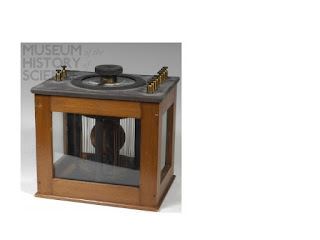 |
| Direction Finder 1916 |
|
The siting of wireless
stations was far from exclusively coastal and inland sites on higher ground
were scattered around London. Coastal sites were preferred, particularly sandy conditions,
which gave better earthing. Proximity to
a telegraph line, habitations for lodgings and existing structures, such as the
North Foreland and Flamborough Head lighthouses, were favoured. Stations that were not part of a military
base were fenced and guarded, not visible from the sea.
Roles of the Stations:
Intersect stations were ‘Y’,
direction finding ‘B’, which were often more mobile and temporary.
Ship to shore stations operated
two-way communications
Experimental/Development stations
Wireless Training Schools
IWC – international wireless
telegraphy linking countries of the Empire
Post Office inland wireless
stations – the P.O. took over inland stations in 1911.
After the raid of 2nd-3rd
September 1916, when fourteen airships were not easily identifiable by their
official numbers, it was decided to label raiders with girls’ names for naval
airships and boys’ for army. On the next
raid, Mary, Rose, Kate, Lily Jane, Sally, Hilda and Nora were heard. Later, they were named alphabetically as they
coasted in. The boys’ names weren’t used
as no more army airships made raids over Britain.
Flash spotting & sound ranging – from 1916
- Measuring bearings to the
flash from different positions, then plotting the bearings to find their
intersection; or
- ‘Flash-to-bang time’,
measuring the bearing to the flash and using a stopwatch to measure the
time from flash to the sound reaching the observer, this time was
then converted to a distance (speed of sound ~330 metres/second) and
measured on the plotted bearing. One problem was differentiating the
sound of the gun firing from the sound of its shells if they were
supersonic, compounded by the fact that the sound of firing could be
inaudible to the human ear.
In 1917 the War Office reviewed
the communications between ground and air, discussing a prototype receiver,
which was simple to use, with a half-kilowatt transmitter. Ground transmitters of 30-mile range could be
sited at strategic aerodromes. Politics between Navy and Army obscure the
details of the history, but Admiralty objections killed off further trials
based on the ‘Ashington’ trials, although trials on longer wave transmitters
were approved.
Prior to the development of
radar, considerable resources were devoted to the feasibility of sound
mirrors. Experiments starting in WWI
took place with four types of sound detectors. They were listening wells,
discs, mirrors and trumpets.
Acoustic early warning systems
began in 1914 when attempts were made to detect the position of the enemy's
artillery guns, barrages from which often preceded attacks on the
trenches. The use of microphones was a
significant step forward in 1916 and when placed first in holes and then deep
shafts in the ground, picked up sounds hitherto unheard. These ‘listening wells’
were somewhat primitive, with men confined to the bottom of deep shafts and
were replaced by horizontal discs and microphones at ground level. The
key point about the change to discs was that the disc replaced the well and the
microphone, placed at the centre of the disc, replaced the observer.
Sound detectors shaped liked trumpets were
also tested and used during WW1. Following trials of various types of sound
locator, a simple locator with four trumpets became universally used by the
army, but research was also taking place about the use of larger, concrete mirrors.
1915 - An early War Office
reference to the subject of listening devices for aeroplanes by means of
acoustic arrangements. Trials of a 16ft Sound Mirror dug into the chalk near
Maidstone in Kent.
1917 - Larger mirror 3 metres in
diameter tested with an aircraft.
Sound mirrors were constructed
along the NE and SE coast & these saw operational use against enemy
aircraft.
The mirrors worked and could be
used effectively to detect slow moving enemy aircraft before they came into
sight, at least until aircraft became faster. Operators also found it
difficult to distinguish between aircraft and seagoing vessels.
By 1918 the Admiralty signals
intelligence (or ‘SIGINT’) guaranteed complete control of the airwaves and
during the first four months of the year four Zeppelins were shot down over
England and twenty-four U-boats sunk. Wireless communications were hugely
advanced by the War; sound broadcasting was a natural progression after.
Anti-aircraft guns
The first anti-aircraft guns were
at Hoo, defending Chatham. Anti-aircraft
operations improved, but cuts in manning in 1917, to release more men into
service in France were accompanied by an order prohibiting their use - day or
night - except for those at specific
coastal defence sites. Thus the
‘generals’ presumed that the Zeppelin attacks were finished, at least until the
German navy produced the ‘height climber’ which could reach 16-17,000’ (and
even more). The dubious worth of this
strategy was shown by the menace of Gothas in the south of England.
The batteries, like the airborne
defences, limited by the technology of the time, the speed and accuracy of the
information available, were ever improving and by 1917, aim was much
better. Colonel Thompson, an AA
commander, devised a new system of height observation and control that was used
with success against two Gothas in August.
At around this time, AA operations rooms added a new flower code, the
key to which has been lost, but we know Carnation meant ‘aircraft heard’,
Dahlia ‘aircraft seen’ and Dandelion ‘hostile’.
The QF 3 inch 20cwt anti-aircraft
gun was widely used against Zeppelins, as its 16lb shell could reach 5,000’ in
9.2 seconds, 15,000’ in 18.8 and had a maximum height of 22,000’. An optical height and range finder enabled
deflection to be calculated mechanically and graphically. By the end of the war, the Wilson-Dalby
tracker added more sophistication, with a rudimentary electronic computer.
By the end of the war, the sheer
number of guns (variously reported between 286 and 402 AA guns, plus 387
searchlights) was sufficient to break up the daytime attacks and German raids
had to be made at night to get past. The
AA sites in my report are not comprehensive; accounts of raids often mention AA
fire, perhaps from lorry-mounted guns, that does not match the sites of the
main batteries.
In 1919, only 8 guns & lights
remained; in 1920 all the AA defences were disbanded. It had been, after all, the war to end all
wars…
Balloons
& Airships
Although
by 1915 the RFC had largely taken over command of the RNAS balloon units,
airships were regarded as the responsibility of the RNAS.
Kite balloon baskets typically
had a floor area of 20 square feet, lined with canvas. The equipment list for deployment on the
front was extensive:
Stratoscope to determine true
altitude
Hand anemometer
Thermometer
Map board
Telephone and batteries
Parachutes
Six different maps in varying
scale and detail
Scale ruler
Three pairs of binoculars, of
various powers, one with marked artillery scale, plus cleaning chamois
Hard pencils, notepads, erasers,
& for emergency use:
Spare telephone capsules
1,500ft telephone wire
Signals table (in event of
telephone failure)
Weighted message bags with
streamers
1/2,000,000 map for navigation if
the balloon broke away.
The
ill-effects of swift descents from high altitude, plus the temporary deafness
that all experienced when forgetting to keep their mouths open during descent,
could be alarming for new crews.
Training began in a captive balloon, sent to 500’ to ‘look for Zeppelins’. Later, the Probationary Flying Officers had
to make six cross-country flights in the 8’ basket of a spherical balloon
filled with coal-gas.
The
Royal Navy had eleven balloon stations to provide convoy protection &
U-boat spotting. A variety of vessels
was equipped with winches.
The
first airships were all non-rigid and formed a significant part of the strength
of the RNAS. Within four years there
were twenty-seven British bases. The
early Parsevals provided top cover for troopships from Dover but carried no
armaments. The SS (‘Sea Scout’ or
‘Submarine Scout’) types all carried a Lewis gun and a bomb load. Much later in the war, tests were made to
reintroduce rigid airships. One was the
R.23, a very different machine from the norm: 535’ long with a gas capacity of
942,000 cu.ft, top speed of 52 mph and ceiling of 3,000’. Successful trials in 1918 air-launched a pair
of Sopwith Camels. The crew numbered 17
& had four 100lb bombs. The Vickers
employee in charge of the tests was Neville Barnes Wallis.
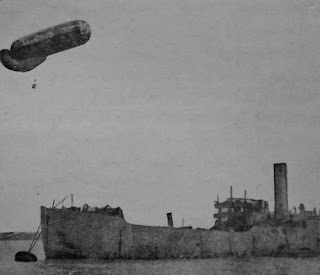 |
| Kite balloon rising from The City of Oxford |
Aeroplanes
In 1912, the first Air Committee
Meeting made detailed proposals for aviation strategy; much of this became
reality.
“In some cases it may be advantageous to join with the War Office, for
instance in procuring land at a place where the Navy and Army both require an
Aircraft Station, or in asking the War Office to lend fliers to the Naval Wing;
but in general it is considered that Naval Aircraft duties should be undertaken
by the Naval Wing of the R.F.C. and be entrusted to no one else.
The purely naval duties of aircraft are
principally:-
1. Distant reconnaissance work with the fleet at sea.
2. Reconnaissance work off the enemy’s coast, working from detached cruisers or special aeroplane ships.
3. Assisting destroyers to detect and destroy submarines.
4. Detecting mine layers at work of mines already laid.
5. Locating hostile craft in waters which have to be kept clear for our war and merchant vessels.
6. Assisting submarines in their look out for vessels to attack.
7. Screening our fleets and harbours from observation by hostile aircraft by attacking the latter.
8. Preventing attacks on Dockyards, Magazines, Oil Storage Tanks, etc. by hostile aircraft.
1. Distant reconnaissance work with the fleet at sea.
2. Reconnaissance work off the enemy’s coast, working from detached cruisers or special aeroplane ships.
3. Assisting destroyers to detect and destroy submarines.
4. Detecting mine layers at work of mines already laid.
5. Locating hostile craft in waters which have to be kept clear for our war and merchant vessels.
6. Assisting submarines in their look out for vessels to attack.
7. Screening our fleets and harbours from observation by hostile aircraft by attacking the latter.
8. Preventing attacks on Dockyards, Magazines, Oil Storage Tanks, etc. by hostile aircraft.
It is evident that a large amount of this work will be carried out over
waters within 100 miles from our coasts, and it will be necessary to establish
a regular chain of stations for naval aircraft along our coasts, within a few
hours flight of each other.
These stations will be of assistance to aircraft working with the fleet
at sea, as they may at any time be forced to return to shore, or for aircraft
to depart from when proceeding to join up with the fleet, also if large
Hydro-aeroplanes develop these machines will work solely from coast stations as
their bases.
In addition, for the more distant work, aeroplanes will have to work from Battleships, Cruisers or from special aeroplane ships. These latter craft will also transport aeroplanes to the seagoing squadrons and to the aeroplane stations along the coast.”
In addition, for the more distant work, aeroplanes will have to work from Battleships, Cruisers or from special aeroplane ships. These latter craft will also transport aeroplanes to the seagoing squadrons and to the aeroplane stations along the coast.”
As the RFC deployed with the BEF,
the only home defence was the RNAS. The
RFC boasted all of 63 aircraft, compared with the 260 of Germany. At start of war, the RNAS mustered 39
aeroplanes, 52 seaplanes and 7 airships, although statistics vary between
sources. In 1913, there were bases at
Calshot, the Isle of Grain, Harwich and Yarmouth.
Patrol aircraft were vulnerable
to attack by enemy fighters and as the Zeppelin raids increased, aircraft were
developed also as fighters, both at sea and defending London. Both the RFC and RNAS undertook significant
reorganisation to adapt to the changes in warfare, so Depot Squadrons became
Night Training Squadrons and Home Defence squadrons termed ‘service squadrons’
in most of the southern wings. The role
of airships was to search for enemy submarines.
Early in 1914, RNAS principal
naval air stations were at Eastchurch, Isle of Grain, Felixstowe, Calshot,
Yarmouth, Kingsnorth, Farnborough and Fort Laing.
The
first bomb to be dropped on the UK fell on Taswell St, Dover on Christmas Eve,
1914, following a harmless, similar visit on 21st, both by
floatplanes. Concerted raids on the UK
by Zeppelins were authorised by the Kaiser on 9th January 1915 - but
not on Central London. By 1918, some
9,000 bombs had been dropped, from 51 airships and 52 aeroplanes.
Early trials were made at
Eastchurch in 1914 to fit aircraft with wireless transmitters, although it
wasn’t until 1917 that these became operational & not fully exploited even
then. As the war became more intense,
the RNAS became busier with U-boats and in January 1916, the RFC took over
responsibility for Home Defence.
Additional landing grounds were proposed and categorised:
1st
Class: Landings possible in most
directions, on a good surface free of obstacles.
2nd Class:
Landings possible in most directions, but surfaces might be irregular in places
and obstacles on some approaches. This
could prevent flares being laid in certain positions.
3rd Class:
Landings usually only possible in two directions but were kept on, as they
might be the only site in a region. As
these were marked by a different number of flares, pilots usually chose them
only in an emergency.
An early graduate of the RFC
flight school, Louis Strange, began flying combat missions having completed
only three and a half-hours of actual flying time. Strange had the idea of
attaching the bombs to racks on the wings, and dropping them by pulling a
release wire. He successfully tried this out on his BE2c in March of 1915.
The Ranken dart was used from
1916 against airships, but discontinued when aircraft were armed with Lewis and
Vickers guns.
Temporary Captain William Leefe
Robinson was the first pilot to shoot down an airship, SL11, on 2nd
September 1916. His BE2c had a service
ceiling of 10,000’, but he coaxed it to nearly 13,000’ to do so. His very modest account, omitting the flames
licking his leather jacket, did nothing to prevent his instant status of hero –
and recipient of the VC.
In 1917, Gotha bombers, operating
from Belgium, gave increased threat and great loss of life in the south of
England. The Zeppelins still threatened
the north. Defence meant ‘standing
patrols’, expensive on crew and resources.
Throughout though, HD was subject to large and small reorganisation,
plus rivalries between the RFC and RNAS and then in the formation of the RAF. Nevertheless, by the time of the Armistice,
the organisation, particularly of training, was comprehensively addressed. Meanwhile, the toll on the ground, though
numerically small in the whole war, had been largely civilian. For the UK population, the 159 attacks from
the air had killed
1,412 people and wounded 3,408; one might add the deaths in training and from
such events as explosions in munitions factories. It was a bloody defence.
Dawn to Dusk Challenge
Wednesday 24th May
2017.
This was essentially line-feature navigation. Flying solo, I needed to keep it simple,
whilst noting times between what were often clusters of sites of interest.
The Plan
RNAS/RFC/RAF bases, airfields, landing grounds
RNAS/RFC Airship & Balloon stations
Wireless & signal stations
Anti-aircraft batteries
Sound Mirrors
Sites in italics are included out of interest but omitted from the plan due to airspace or distance considerations.
LEG ONE: The Kent Coast
Maypole
Dungeness Coastguard Station – now Birdwatching Centre & reserve within Power Station zone
1 Lydd Dering Farm
Lydd sound mirrors
2 Littlestone/St Mary’s Bay Jesson
3 Dymchurch Palmarsh
4 Lympne
5 Hythe sound mirror
6 Folkestone harbour
7 Capel non-rigid airship station
8 Abbot’s Cliff sound mirror
9 Dover RNAS
Dover Port war signal station
Dover Batteries
Dover Guston Road
Dover Swingate Down
10 Fan Bay sound mirrors
11 Hawksdown, Walmer
12 Sandwich
13 Richborough Broadsalts
14 Cliff’s End AA Battery
15 Manston
16 Joss Bay sound mirrors
17 North Foreland
18 Westgate
19 Birchington wireless station
Maypole 250º 5nm
LEG TWO: Sheppey to Suffolk
Maypole
20 Harty
21 Shellness Beach & Leysdown
22 Warden Point sound mirror
23 Eastchurch wireless station
Eastchurch, marine observers school
24 Fletcher’s Battery
25 Sheerness Barton’s Point Battery
Sheerness
Sheerness, Abermarle Battery, Ravelin battery
Sheerness – Garrison Point Fort radio station, also cottages
Sheerness RNAS Balloon Station
26 Isle of Grain
27 Grain, coastguard cottages
28 Allhallows, Slough Fort signal station
Allhallows
29 Kingsnorth
30 Hoo, Beacon Hill Battery
Hoo, Lodge Hill Battery & Lodge Hill wireless stn
31 Chatham Barrage balloon base
Chatham, Tower Hill
Southend
Shoeburyness RFC early warning
Burnham-on-Crouch
Burnham anti-aircraft battery
32 Stow Maries
33 Osea Island
34 Goldhanger
35 Clacton
36 Harwich, Beacon Fort, anti-aircraft guns on peninsular
Harwich, round redoubt fort
Harwich - Shotley
RNAS Balloon stn
37 Felixstowe
Naval wireless station
38 Orford Ness
39 Aldeburgh
40 Covehithe
Beccles 315º 5nm
LEG THREE: Suffolk to The Wash
Beccles
41 Lowestoft
Lowestoft balloon station
42 Yarmouth South Denes
43 Caister-on-Sea
Fenland
46 Skegness
47 North Coates Kitties
48 Cleethorpes, New Waltham
49 Killingholme
Killingholme RNAS Balloon Base
50 Hull, Brough
58 Flamborough Head
59 Scarborough Scalby Mills
Scarborough
Lowestoft balloon station
42 Yarmouth South Denes
43 Caister-on-Sea
44 Bacton
45 Hunstanton, Hippisley Hut
Hunstanton
Fenland 260º 15nm
Hunstanton
Fenland 260º 15nm
LEG FOUR: Lincolnshire to Yorkshire
Fenland
46 Skegness
47 North Coates Kitties
48 Cleethorpes, New Waltham
49 Killingholme
Killingholme RNAS Balloon Base
50 Hull, Brough
Hull, Hedon
51 Spurn Head
52 Kilnsea battery
Kilnsea sound mirror
53 Withernsea
54 Owthorne
55 Hornsea Mere & Hornsea AA battery
56 Beverley Westwood
56 Beverley Westwood
Beverley (Linley) 045º 3nm
LEG FIVE: Yorkshire to Northumberland
Beverley (Linley)
57 Atwick Beverley (Linley)
58 Flamborough Head
59 Scarborough Scalby Mills
Scarborough
60 Boulby sound mirror
61 Marske
62 Redcar sound mirror
Redcar racecourse
Redcar, Kirkleatham mooring out station
63 Seaton Carew 11
Seaton Carew 1
64 Hartlepool sound mirror
65 Seaham, sound mirror
Seaham, signal station
66 Sunderland sound mirror
67 South Shields, Frenchman’s Point wireless station & battery
South Shields
68 Tynemouth Priory
Tynemouth Percy Gardens
Tynemouth Cullercoats
Tynemouth Cullercoats
69 Whitley Bay
70 Seahouses
71 Berwick
Colour coding used in the report:
RNAS/RFC/RAF bases, airfields,
landing grounds
RNAS/RFC Airship & Balloon
stations
Wireless & signal stations
Anti-aircraft batteries
Sound Mirrors
Sites in italics are included out of
interest but omitted from the plan as explained in the text.
Leg one: Kent Coast.
Considerations for this leg:
SafetyCom 135.475
Lydd airport closed until 07:30 -
check ATIS. 129.225
Status of D040 and D141 from London
Info. 124.6
Power station restricted area.
No NOTAMs.
Apart from coastal fog, the forecast was good enough for an early start
and I was airborne from Maypole only minutes later than intended. The departure was logged on Flight Radar
24. Lydd was still closed, allowing
overflight with regard only to the power station’s restricted zone and the two
danger areas. London Info informed me
that both were active.
1. Lydd, Dering Farm, 1917-1919.
RFC/RNAS aerodrome and emergency NLG..
Nothing remains now of the 60 acres west of the farm, roughly square,
developed for aircraft of artillery co-operation flight working with the local
range. It was designated a 3rd
class landing ground for No 112 (HD) Squadron.
No 2
Balloon Station was established here, closing in Sep 1918.
Danger Area 044,
prevented me from getting a better view from the coast.
Dungeness Coastguard Station
& Wireless Station is now a bird observatory within the Power Station
restricted area. Coastguard cottages remain, probably forming part of the
former Wireless Station, but little else.
Lydd,
Denge sound mirrors. The three
concrete "listening ears" at Greatstone, designed and built by Percy
Rothwell, range in size from 20 to 200 feet in size.
Although constructed from 1928,
these are included as they show the three versions, 20ft, 30ft and the ‘wall’.
The 30 feet (diameter) mirror, set at a different angle and providing greater
accuracy than the 20ft mirror, was built in early 1930. It was no better as to range but it could
track an aircraft with greater accuracy.
The third mirror is 200 feet in length and 26 feet high, and was
built in 1930. Microphones were attached to the curved surfaces and in
favourable conditions could pick up the sounds of aircraft up to 24 miles
away. To preserve them, they have been
made largely inaccessible except on particular days. I would have preferred the more obvious view
from the coast, but was already low, slow and as close to the power station’s
zone as I dared be.
Horizontal discs were
operational in 1924, on Romney Marsh.
Two lines, three miles apart, were installed, each with ten discs at
half mile intervals. Another twelve
discs were added later. The discs were
made from concrete segments 20ft in diameter and 2” thick.
2. New Romney/Littlestone ELG, St Mary’s Bay.
Initially
based at Littlestone, the aerodrome was an odd shape, in two parts effectively,
comprising 75 acres on the golf course and Romney Warren, opening in 1917 to
house No 3 (Auxiliary) School of Aerial Gunnery and amalgamated with No 1,
Dymchurch in 1918, to operate Bristol F2Bs, DH4s, DH9s, RE8s and Avro
504Ks. It is not known how pilots coped
with three public roads crossing the aerodrome.
3. Dymchurch (Hythe/Palmarsh) airfield, near
Dymchurch redoubt, is now bisected by Romney, Hythe & Dymchurch
Railway. Aerodrome for No. 1 {Observers}
School, Hythe (previously No. 1 Auxiliary RFC Machine Gun School) became the
School of Aerial Gunnery. As things
grew, the Kite Balloon Section moved to a site near Dymchurch Redoubt, with two
balloon sheds and a winch. Aircraft
often ended up in the drainage ditches - the field became an emergency landing
ground for a/c using the ranges. The No
1 (Observer) School of Aerial Gunnery moved to a better aerodrome at New Romney
in March 1918.
The Romney, Hythe & Dymchurch Railway (opened 1927) now
cuts the field in two. Dymchuch Redoubt was used for accommodation (just
visible in the right of my photographs.
4. Lympne.
Lympne
began during 1916 as an emergency landing ground for Hythe gunnery school,
which was prone to waterlogging, and Home Defence fighter aircraft. More
permanence came with the arrival of No 8 Aircraft Acceptance Park to help deliver
machines over the English Channel to the Western Front. Lympne was one of few
airfields in Britain to be bombed in both World Wars - Gothas attacked it on 25
May 1917. In that summer, many sorties were flown against the Gothas but to
little effect.
BE2c,
RE7 Vickers FB5 were stationed here.
Lympne was graded as a 1st class landing ground status in
1918 & is one of the few WW1 airfields that survived as a civil aerodrome,
closing in the mid-eighties.
5. Hythe sound mirrors.
The 20′ mirror was built in 1923,
but is typical of the earlier mirrors. Landslips caused the abandoned mirror to
fall on its face, probably some time in the 1970s. The 30’ mirror, below, is in poor
condition and deteriorating further. In
Palmarsh village below there are two small, modern mirrors, placed either side
of the footbridge over the Royal Military Canal, which can be used to demonstrate
the acoustic principles.
6. Folkestone Harbour. One of a
number of wireless stations for which little is known save the location. It was probably a Y station.
And early in the morning…
7. Capel. A non rigid
airship station was created hurriedly to meet the need for a strategically
placed station against the German declaration on 4th February 1915
of unrestricted submarine warfare. It
commenced with Airships Beta, Delta & Gamma initially. The first of these arrivals was entrusted to
Flight Sub-Lieutenant R S Booth who had just completed his basic training; the
delivery of the SS1 was his first cross country. Delayed at Kingsnorth, he arrived at dusk,
mistook the arrow indicating wind direction for the landing direction and thus
approached downwind. The collision with
telephone wires tore the envelope and in the subsequent fire, pilot and
passenger jumped out on the very edge of the cliff. They incurred minor burns. It could only get better. Assembly of SS airships occurred here and
based kite balloons were used for convoy protection. This was the first station to operate the Sea
Scout non-rigid airship. By 1915, the
site could house eight small airships & by 1918 there were seven SSZ
airships (the Z denoting the more comfortable conversion of the gondola car)
two twin-engined SSTs.
124 acres: 960 x 780 yards.
Class
C Airship Station (with sub-stations at Godmersham Park, Wittersham and
Boulogne) for non-rigid airships RNAS/RAF from 1915 to1920.
The
position of the hangars can be related to the caravan site that now occupies
almost the same acreage.
8. Abbot’s Cliff sound
mirror.
Completed in 1928 for £600, when WW1 usage still influenced
development. This one is notable for
having featured on a musical video by Aquilo and an album by Syd Arthur (who?).
The mirror is in reasonable
condition, although there is a tree growing in the back.
9.
Dover. The Dover area was
officially designated a fortress with a garrison of 10,000 men.
Dover RNAS station, Harbour, East Cliff
Marine Parade. Seaplane base, two acres,
established late in 1914 despite a shortage of a/c, but two Wight navy
seaplanes arrived. At first, take off
and landing had to be done outside the breakwater as the port was so crowded. A skating rink was requisitioned as a shed
for the seaplanes, Short seaplanes followed, more suitable for ops against
U-boats. Training and repairs increased
the operational activities and by Oct 1915 the base had four Short floatplanes,
one FBA flying boat, seven Sopwith Babies, two Schneiders and one White &
Thompson floatplane. The Dover fleet
assisted with the Zeebrugge raid in 1918, diverting attention away from the
naval vessels. The aircraft of the Dover
Patrol were important both as a deterrent and as fighters. In just seven months in 1918,
the RAF flew 39,109 hours, attacked 189 German submarines, 351 aircraft,
destroying 184 of them and damaging a further 151; they also destroyed 32 of
the 65 mines they spotted. 15,313 bombs
were dropped and they flew 3,441 convoy flights.
The
only indication of the site now is the statue of C S Rolls nearby, celebrating
his double crossing on the Channel in 1910.
Despite having many previous photographs of Dover, on this occasion…
Dover
Castle. The Port War Signal Station dates from 1914,
constructed above a 1905 fire command post. The Royal Navy could control the
movements of all shipping in and out of the harbour using flags and wireless,
keeping close liaison with the gunnery control in the room below. The Port War Signal Station is a rare
surviving example of a wireless signal and receiving station within a heavily
fortified defence landscape. Station
call sign: RQW. The WW1 wireless room
can be visited.
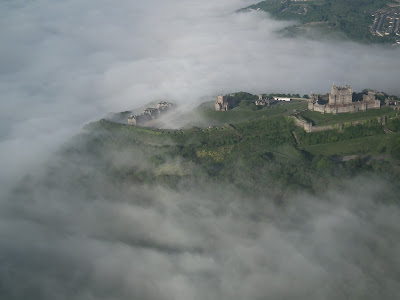 |
| Almost visible in the fog on the edge of the cliff...so here's one from my album. |
Dover anti-aircraft batteries. Guns at
Dover Langdon Battery brought down Zeppelin L12 during the night raid of 9-10
August 1915. The raid on London by four
of the newest four-engined bombers failed badly; only one got within 35 miles
of the city and all were off course or bombed the wrong targets. L12 was caught in searchlights and two gas
cells were damaged; hydrogen loss forced her down at Zeebrugge, to be partially
salvaged. Dover has one of few remaining QF 3 inch 20 cwt AA guns, restored and
demonstrated in summer events. AA gun
sites grew throughout the war to include sites at Drop Redoubt and the Citadel,
Frith Farm, Fort Burgoyne and on the roof of the Keep at Dover Castle.
Other guns, such as those on the harbour piers and
breakwater, could also be used against enemy aircraft. Later in the war
anti-aircraft guns mounted on modified flatbed rail carriages were deployed on
the Prince of Wales’ Pier and the Eastern Arm of the harbour. First World War
anti-aircraft gun emplacements survive at Fort Burgoyne and a concrete
emplacement believed to be for a First World War anti-aircraft gun also
survives on Coney Hill.
 |
| Coney Hill from the east. |
There are many elements remaining
from both wars. The much newer
Coastguard Station sits on part of the original site of Langdon Battery.
Dover,
Guston Road. Close to the Napoleonic era Burgoyne Heights, the undeveloped part of the site
shows marks of buildings. December 1914
brought a detachment of No 2 squadron RNAS, which left for Eastchurch the next
month. No 5 Wing RNAS formed at Dover in
March 1916 and No 6 in November using Nieuport Scouts. The Dover Defence Flight was designed to
protect the harbour operations and there were black BE2s for night work, but
more practical fighter scouts weren’t available until 1917. By 1919 No 491 Flight moved to Walmer and
Guston Road was effectively closed.
Immediately adjacent was an AA gun
emplacement.
Dover, Swingate Down. Both RNAS/RFC –
aeroplanes & airships. Squadrons
2,3, 4 & 5 were deployed here but dispatched immediately to France, leaving
a breathing space to make a landing ground into a proper airfield. No 15 Squadron arrived in 1915, an unofficial
training unit, plus there were anti-Zeppelin patrols in the single BE2c. A Marine Operational Pilots’ School was
formed for training in anti-submarine and convoy work using the DH6 and DH9.
Squadrons and units were constantly shuffled and by 1918 it was housing two
training squadrons. The RAF in 1918 was
equipped with 24 Avro 504Ks, 24 Camels and 570 personnel.
 |
| The hangar bases can be seen just right of centre. the two extant Home Chain masts from WW11 are at the left. |
These two Dover sites were within a mile of each other.
10. Fan Bay sound mirrors. Unlike others, these were built into the cliff. The first dates from 1917 and saw service in the war. The second dates from 1920. The Fan Bay Tunnels were opened in 2015 by the National Trust, after much work by volunteers and I recommend a visit. They also exposed the larger mirror, long buried by spoil dumped in the 1970s, ironically to clean up the area. It appears that the work is continuing.
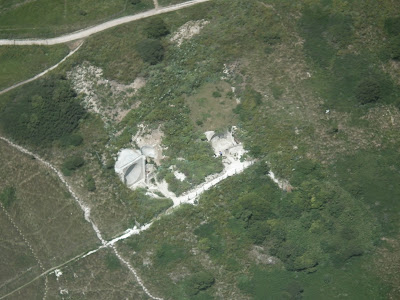 |
| This was taken more recently and later in the day. |
11. Walmer, Hawksdown. The airfield is immediately south of Walmer Castle. In 1917 the aerodrome was established to protect shipping in the Downs by the Walmer Defence Flight, flying a variety of BE2Cs, Bristol Scouts and Sopwith Pups, some fitted with flotation air bags. The Bessonau hangars were subsequently replaced by three wooden aeroplane sheds. No 3 Naval Squadron arrived Nov 1917. Only one success was logged when Canadian Flt Lt H S Kerby flying a Pup spotted the straggler of a Gotha formation and forced it down into the sea. He threw his lifebelt to a member of the crew who was clinging to the tail before returning to Walmer. Experienced pilots, many from abroad, were stationed here as a rest from the stressful conditions in France. A memorial to the 16 who died while stationed there stands on the west side, looking out to sea.
12. Sandwich signal station. The exact spot is unverified, but likely to be on the site of the Coastguard Station.
Since I submitted the report I have found that the wireless station was half a mile further north at a second Coastguard Station, the site now Princes Golf Course clubhouse.
Records in the Marconi archives
at the Bodleian includes plans and elevations of the station, which is
considerably larger than some others.
The site plan shows that there was a Engine House, Operators Hut and
accommodation buildings.
'Sandwich Bay wireless station and Shingle End Cottages' - 1912 photograph and now replaced by Princes Golf Course clubhouse.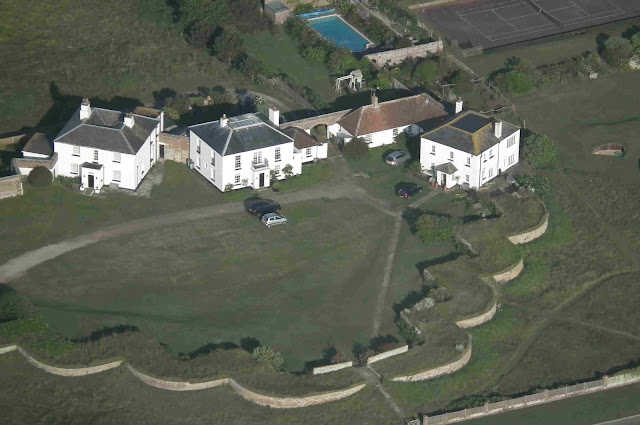 |
| Sandwich Bay site of the (southern) Coastguard Station. |
13. Broadsalts landing ground at Richborough Port, at the Stour River inlet. It was only usable after a circuit to scatter
the sheep and the proximity of the wireless mast, plus marshy ground, meant it
was never going to be the landing ground of choice.
This secret ‘Q’ port, for the
transport by barge and later ro-ro ferry, of troops and munitions across the
Channel, grew from a small quay in 1916 to a vast 2,000 acre seaport of
shipyards, 4 camps (Stonar, Haig, Kitchener and Cowan) with about 14,000 Royal
Engineers, including 520 of the Queen Mary’s Auxiliary Army Corps. A cross-Channel ferry service transported
locomotives, rolling stock, heavy tanks, guns and troops. 10,000 steel barges were escorted across the
Channel by the Dover Patrol. None was
lost.
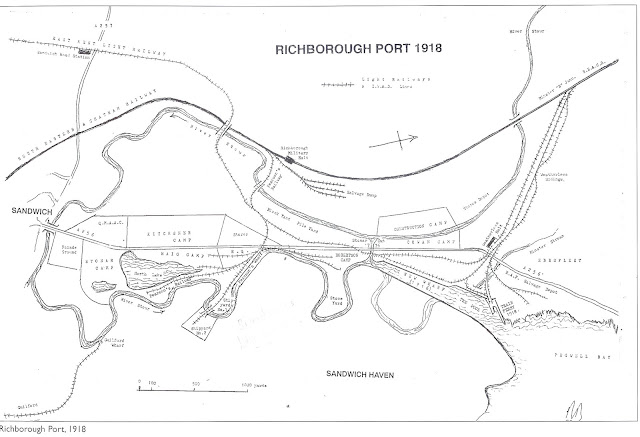 |
| The landing ground was just below centre of the map, to the right of Shipyards 1 & 2. |
 |
| The port area now, looking west from the estuary. |
Amongst many interesting aspects
of its history, this one begs inclusion.
Proposals for 58ft High Speed
Towing Lighters were made in 1916. The
idea was to tow RNAS flying boats nearer to their targets in the North Sea, at
20kts. Sea trials were achieved at 34kts
by Commodore Tyrwhitt of the Harwich Flotillas.
The lighters were designed to tow two type F2A flying boats, MAUW
11,000lbs, two engines and armed with seven Lewis guns. A suggestion was made to carry a Sopwith
Camel on a wooden platform attached to a lighter, which into wind at 30 kts,
might take off. Needless to say the
first trial, in 1918, ended badly, though Colonel Sampson was rescued. A second
attempt under tow of HMS Truculent was successful. This brought about an operational launch on
10th August, with the Harwich destroyers, towed by HMS Redoubt. Lt Culley attacked a Zeppelin at 19,000’ in
the Heligoland Bight; it was the last to be brought down.
The contract to build fifty of
the high speed lighters went to the Government Shipyard at Richborough. Nearly eighty years later, one was found to
be in use as a ferry at a Thames boatyard and on disposal, acquired for the Fleet Air Arm Museum at Yeovil.
14. Cliff’s End AA battery. I’ve
discovered no details, alas, except that the site was also used in WW11. The location is towards the top of the
photograph, on higher ground.
15. Joss Gap, sound mirrors. Rarely, these were situated on
the cliff.
Joss bay had two sound mirrors,
one being a slab; this was cut into the cliff near by the then Castle Keep
Hotel; a slight indentation can still be seen near the top of the cliff. Up
until a few years ago, the telephone cable blocks were still in place at the site,
which had a timber frame.

The first, 15’ mirror was cut out
of the chalk before being lined with concrete; it was decommissioned in
1936. The 20’ second mirror, as shown on
the previous page, rotated around its gantry fixings. It was decommissioned in
1939. Coastal erosion has completed the
task. These mirrors, paired with Fan
Bay, provided relatively good coverage.
In 1917 – 1918 they were operational in the detection of London-bound
enemy raiders about 12-15 miles out, several minutes before being audible to
the observers.
A experimental research station
was attached to Joss Gap to develop such
detection devices and work continued there until it was moved to the Hythe
mirror site, in 1922.
North
Foreland wireless station. Situated at the lighthouse amidst
houses top end of Broadstairs. Behind
the lighthouse there was a single mast and a pitched roof wireless station of
some linked timber and brick blocks.
1909 data shows the transmitter as a rotary converter and plain spark,
power: 3.0kW. Call sign GNF.
17. Manston, developed
from a horse gallop, the site started in 1916 with a portable hangar, wooden
shed and a windsock, following the need to move from the field at
Westgate. The Admiralty selected Manston
as one of the main training units for the RNAS and growth was steady. The Army Observers’ School was based
here. Aircraft were heavily involved
with ‘The First Battle of Britain’ as Gotha attacks began on 25 May 1917. Five ‘underground hangars’ were approved in
January 1918, but never finished, not long before the formation of the RAF and
the establishment of a three squadron day bomber training unit No 23 TDS. This was soon renamed No 55 TDS and then
absorbed by No 219 squadron which had its base and floatplanes at Westgate,
plus DH9s and Camels at Manston.
The plan shows the original site,
a quarter mile square, before it was extended.
The more famous runway, now marked out for about 3,000 lorries for
Operation Stack, is largely out of site to the left of the photograph, which looks
west.
Detailed accounts of raids on
Ramsgate (‘England’s most bombed town’)
from 1919 mention more comprehensive coastal defences on the cliffs that met
the height of the raids in Autumn of 1917.
Royal Artillery records mention Independent
Batteries of 414 (Sandwich) and 415 (Ramsgate) that may have operated
additional mobile units.
18. Westgate, St Mildred’s Bay. Westgate
comprised both a seaplane base and land base above on the cliff as a landing
ground. Hangars
were situated where the road bends around more modern housing.
St
Mildred’s Hotel on the cliff (now flats at centre of photograph below), was
requisitioned for personnel and as a recreational centre. Prevailing winds
meant many landings were made towards the sea, the shortest run available. On 24
March 1916 the Bristol Scout 3023 flown by Flight Sub-Lieut. Richard Bush
landed too long and fell off the cliff into the sea. Also
very susceptible to storm damage, the small airfield was seen as the
scene of many a potential accident and the decision to move the landplanes
inland was made, leading to the development of Manston. Both wide slipways remain. There was also
a wireless station, which might have been the Direction Finding Station
installed by the Engineering Department of the GPO.
The marine base had a more
illustrious war. Sopwith Schneider
fighters tried to intercept airships & the reliable Short 184 seaplanes
flew patrols but needed protection themselves when attacked; the Camel escorts
were not particularly successful.
Bristol Scouts were intended to protect the Thames estuary, particularly
Chatham & Sheerness.
Aircraft from Westgate had some
notable incidents, not least the seaplane Short 3072 which was looking for
Sopwith N1065, the latter having landed out in the estuary to the NW. Engine problems left no choice but to land
out near Kentish Knock. Flt Sub-Lieut H Morris and Air Mechanic G L Wright did
not know this was a mine field. They
released both pigeons carrying brief details of their state and waited for
rescue. In deteriorating conditions,
they clung to the two upturned floats. It was five days before flying boat H12
happened on them, alighted on a rough sea and got them aboard. The landing had caused damage and the best
they could manage, after attempts at overloaded take-off in difficult
conditions, was to use what power remained to taxy towards land, over a
minefield. Signals to patrol vessels
produced no help & it was hours later when the tramp steamer Orient took
the survivors. The flying boat was towed
ashore by another steamer. Morris
received the DSC and Wright, the DCM. I
wonder where the pigeons went.
19. Birchington / St Nicholas at Wade Wireless
Station.
The crew here comprised one Chief
Petty Officer, three POs and one Messenger Boy.
Amateurs with a good knowledge of wireless were absorbed into their
nearest stations and given Royal Navy Reserve ranks. Nothing remains.
My first stop for refuelling was
planned to be back at Maypole, as it was too early
to guarantee fuel further along the route. It was also a chance to obtain TAFs and
METARs, the early ones having been limited.
06:18 – 07:43
Flight time 1hr 25min
79 nm
Fuel added: 24 ltr
Leg two: Sheppey to Suffolk
23. Eastchurch.
Churchill flew in control of a Short Sommer pusher
biplane here, in 1913, for 45 minutes.
By the time he was dissuaded from continuing his training, allegedly by
his wife, he had acquired diverse experience.
25. Sheerness.
RNAS No 1 Balloon Base was
equipped mostly with Caquot Type M balloons, with three stabilisers, set at
120º to each other, allowing use in winds of up to 62 mph.
27.
Grain, wireless station, opposite Sheerness. The wireless station was based in the
coastguard cottages, now amidst newer housing. This station was equipped to
receive from wireless equipped aircraft.
The flagstaff was to the east of the small end cottage, now a detached
house.
Lodge Hill was home also to a wireless station.
34. Goldhanger. Of the trio of Rochford, Stow Maries and Goldhanger, the last airfield was the busiest, taking half of the action. Manning was not proportionate:
36. Harwich, Beacon Fort. Anti-aircraft guns were placed on the Harwich peninsular, utilising the old Harwich Redoubt. It was a large, important battery.
Felixstowe, naval wireless station. On the coast here, to the east of the fort, the station had the call sign SCQ. The fort is now a museum.
In
1915, the Armament and Experimental Flight of the Royal Flying Corps was
transferred to Orford Ness. The name
changed later to the Aircraft Armament and Gunnery Experimental
Establishment. A vast number of ideas
were designed and tested here and by 1918 there were over 600 personnel
living on site.
Orford Ness, taken from the west, due to the proximity of the bird sanctuary to which I gave a possibly over wide berth. I should have got closer.
Leg two: Sheppey to Suffolk
Considerations for this flight:
Zone transit required from Southend Radar for Allhallows and
to Stow Maries. Early contact to
reassure them of my benign, if apparently bizarre, low level route towards
Beccles.
Bird sanctuary Orford Ness
Sizewell B
Southend 130.775
Beccles 120.375
I departed from Maypole,
into a light NW wind, with the need to contact Southend high on my list of
priorities. A short part of my route
required a zone transit (Isle of Grain & All Hallows) and I suspected they
might also be glad to know that the low level wiggling around Sheppey and Hoo
was not going to develop into any thing more interesting for them. I quite enjoyed summarising my route when I
called. A future in station
announcements is not ruled out.
20.
Sheppey, Harty. 3rd class landing ground of
500yds. There’s no evidence that this rather marshy ELG, for 50 (HD) Squadron
and 143 (HD) Squadron, saw any use.
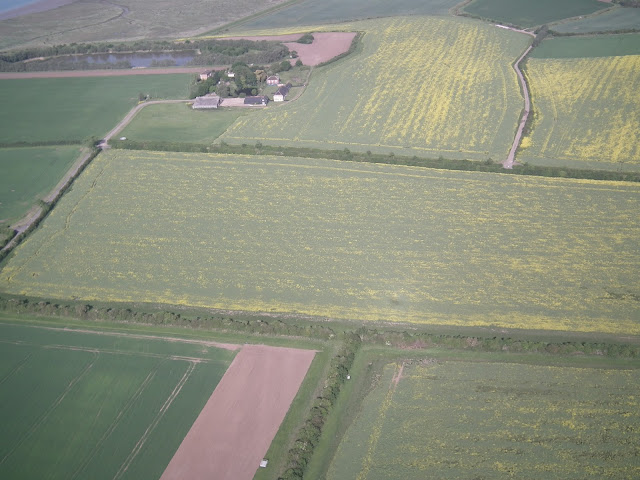

21.
Shellness Beach/Leysdown
In 1908, the Short Bros Co. was set up, contracted to build six Wright Flyers for the aero club & a glider for Hon. Charles Stewart Rolls. Short Biplanes became the main business, with growth and a move to Eastchurch, where the history has became well-documented. An Aeroclub was meanwhile formed at Leysdown 0.5m away. Additionally Charles S Rolls used another site nearby for his Wright glider, whilst awaiting his Short-Wright Flyer to be completed. With a good claim to be the first Aerodrome in Britain, Leysdown was used as an emergency landing ground until 1917 when it was developed as a 115 acre site, still with a dog-leg. Aircraft of the Gunnery School were moved in from Eastchurch and the unit became the – deep breath - Pilots & Observers Aerial Gunnery and Aerial Fighting School (SE Area), using Avro 504Ks & DH4/9s.
In 1908, the Short Bros Co. was set up, contracted to build six Wright Flyers for the aero club & a glider for Hon. Charles Stewart Rolls. Short Biplanes became the main business, with growth and a move to Eastchurch, where the history has became well-documented. An Aeroclub was meanwhile formed at Leysdown 0.5m away. Additionally Charles S Rolls used another site nearby for his Wright glider, whilst awaiting his Short-Wright Flyer to be completed. With a good claim to be the first Aerodrome in Britain, Leysdown was used as an emergency landing ground until 1917 when it was developed as a 115 acre site, still with a dog-leg. Aircraft of the Gunnery School were moved in from Eastchurch and the unit became the – deep breath - Pilots & Observers Aerial Gunnery and Aerial Fighting School (SE Area), using Avro 504Ks & DH4/9s.
Memorial
to the Short Brothers, Shellness Beach
22.
Warden Point sound mirror is
widely believed to be one of the earlier constructions and thus operational in
the war. Until the late 1970s, it was up
on its more lofty site with today’s caravans, but coastal erosion has left both
the mirror and the remains of the adjoining WW2 Chain Home Low Station, on the
shore, to be further abraded by the sea.
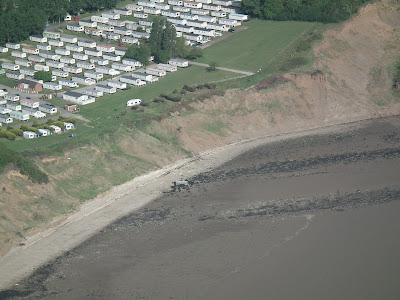
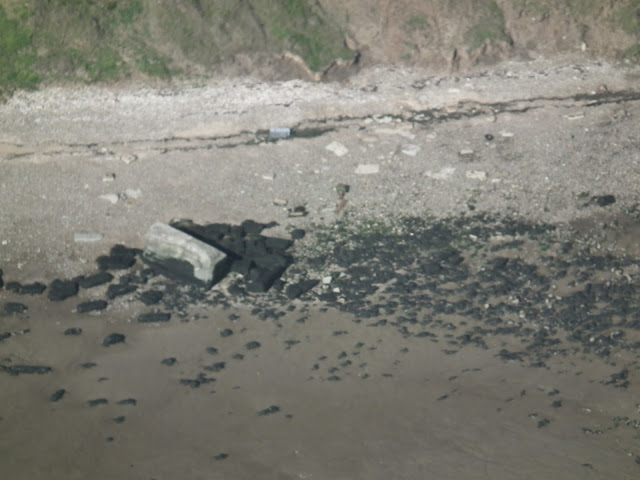


23. Eastchurch.
Eastchurch Wireless Experimental Station, was
operational until 1916. Work here led directly to RNAS aircraft
Observers using wireless to direct guns on the ground from 1917.
Eastchurch. The airfield housed the naval wing of
the RFC & the RNAS and was a major
training station, particularly for fleet reconnaissance & submarine patrol
observers. The first functional bombsights
were trialled here in 1913 and the initial intake of RN pilots began their training
at Eastchurch.
Under Wing Commander Samson, in
August 1914 the Order of Battle was:
“Short S34 Pusher biplane
trainer No 1
BE2a (two) - 70hp Renault
No 49 & 50
Henry Farman No 188
Sopwith Tractor biplane - 80hp Gnome No 104
Bristol TB8 - 70hp Renault
No 43
Short S41 tractor seaplane
No 10
DFW Tractor biplane – 100hp Mercedes No 154
Short S38 nacelle-type biplane – 50hp Gnome No 34
Short S28 biplane gun machine – 80hp Gnome No 66
Maurice Farnham S7 Longhorn – 70hp Gnome No 146
Deperdussin monoplane – 70hp Gnome No 7
Short S28 Trainee – 80hp Gnome No 2
Caudron G111 biplane – 50hp Gnome No 45
6 monoplanes from RFC No 6 Squadron with two to arrive
10 plus 4 RFC Officers from
the Central Flying School
The defence of Chatham and Sheerness from attacks by hostile
aircraft
Communications: to Central Office by telephone and motor car
W/T station with a range of 40 miles
Offensive weapons for aircraft: 28 Hales grenades, 26 x 30lb
bombs, Maxim gun in No 10 aircraft, Lewis gun in No 66 aircraft”.
The
last vestiges of the airfield buildings appear to have been removed, although
they were visible until recently on the site of the open prison, between the
two windmills.
The site is somewhat further
inland than my self-imposed remit allowed, but Sheppey being the “birthplace of
British aviation” it couldn’t be ignored.
I compromised by planning to take a passing photograph.
24.
Fletcher’s Battery. The battery was equipped with two 9.2”
BL guns and an Observation Post for DPF, which is now used as a café in the
caravan site. Fletcher was one of few
purpose built batteries in WW1.
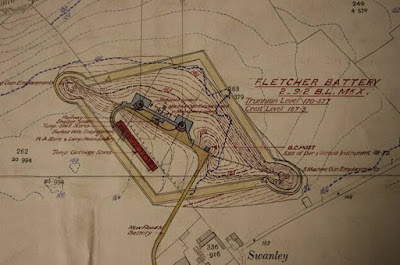

25. Sheerness.
Barton’s Point is
the first of the batteries with AA guns: 2 six-pound Hotchkiss and a 3” gun.
Sheerness landing ground. Established
by the RFC in 1917 for No 37 squadron as a NLG, the 1,200’ long airfield was
also a day landing ground from 1918. The
site is now an academy.
Sheerness Wireless Station at Ravelin Battery
used Marconi equipment and the call sign was VFM.
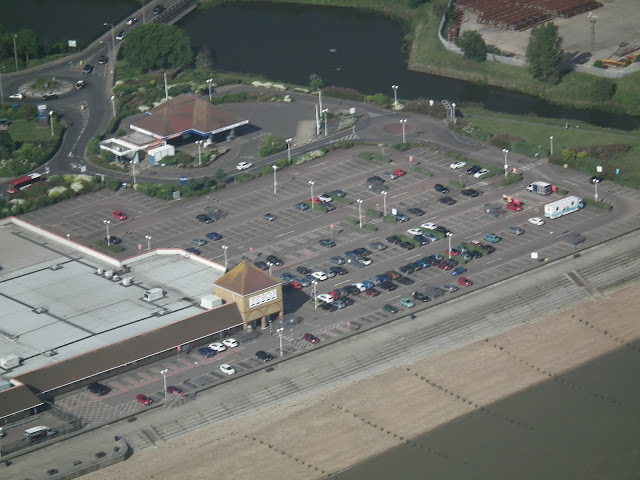 |
| ...an now. |
Sheerness, Garrison Point
Abermarle Battery had four
guns. The garrison also housed two QF one pound Pom Pom AA guns, which were
used again in WW11.
Garrison Point Fort, wireless station. The
station was a ground receiving station for wireless-equipped aircraft.
The extensive defences of Sheerness were largely destroyed
in recent years, despite having unique historical and architectural
importance.
Sheerness, RNAS Balloon Base.
26. Grain.
RNAS initiated the first station here in 1912. By August 1914, it was one of the largest
seaplane bases in the country, employing over 800 workers. The island was
strategically important for the defence of London, Sheerness and Chatham and the
Admiralty oil tanks on the island. Initially,
the patrols were along the Thames estuary and part of the English Channel out
to the North Hinder and Galloper lightships.
This grew to escorting the BEF troopships to France. The station covered a substantial part of the
foreshore with a slipway cut through the sea wall. Coastguard cottages were taken over on the
understanding that the Navy performed the coastguard duties. Rough fields were added to form an aerodrome
as front-line operations were overtaken by the need to support the Westgate and
Clacton bases with reserve Short & Sopwith seaplanes.
1n 1915 a new unit was developed close by, to the SW and
named Port Victoria. The Repair Depot had
previously been housed in a building that had been moved to the island. It had once been a Salvation Army Congress
Hall. TQ 886743
The Experimental Armament Section & the Seaplane Test
Flight followed. Expansion continued as
the station’s work evolved. Landing
trials for Sopwith Pups and Strutters were carried out on a 200ft diameter
dummy deck, trialing arrester wires (the dummy deck is just visible in the
extreme top right corner of the photograph above). The Experimental Construction Depot was modifying
a Sopwith Baby, as the PV1; the PV2 was a rather unstable anti-Zeppelin
fighter, the PV3 a two-seat pusher land-plane and the PV4 an unsuccessful
seaplane version. Diverse other designs were produced, such as the not very
successful PV7 Grain Kitten. The
Armament Section was busy evaluating a range of equipment, including the Rankin
anti-explosive dart. Flight tests were
made with flotation bags, hydrovanes, catapults, W/T sets and hydrophones. Personnel on the station grew to nearly
1,500.
Grain seaplane station was renamed Marine Experimental
Establishment in 1918 by the newly formed RAF and tasked to test fly all new
seaplanes.
AA batteries were sited near the
aircraft hangars and north of the fuel depot.
 |
| RNAS Grain - the SE quarter of my photograph. |
28. Allhallows,
Slough Fort. The Napoleonic
fort was used as a Battery Command Post, in conjunction with a Port War Signal
Station to its east, monitoring Thames shipping.
The fort is now in the middle of
a caravan holiday park. My photograph failed, for reasons unknown, much to my
chagrin.
Allhallows - Third class landing
ground 1916-35, used by No 143 Squadron.
29. Kingsnorth RNAS Grain
The site was 570 acres, some 2566
x 1700 yards. The Class G Airship
Station was established for the construction and assembly of non-rigid
airships, existing 1914 to 1920. Kingsnorth
was the first & most important RNAS station for airships. From 10th Aug 1914, Naval Airship No 4,
Parseval operated from here, to be joined by other Parsevals, three used for
training, all built by Vickers under licence.
The SS type, (Submarine Scout) was developed here, a large part being
played by the C/O, Wing Commander. N F Usborne; the Admiralty ordered
fifty. The training role was vital and
by the end of 1915, 36 pilots had been rated Captain and many others trained in
maintenance and handling. Training was
handed over to Cranwell at the end of 1916 so the station could concentrate on
design and development as well as construction and repair work.
Experiments with a combination of
airship and BE2c were made here in 1915-6, only the aeroplane being
manned. It would cruise until a Zeppelin
was seen, then separate to allow the BE2c to attack while the envelope deflated
and fell to earth. Trials were made
without drops, but in 1916 the combination, with two on board, took off. From the Kent History Forum: “At about 4000 feet the BE2c (989) was seen
to side-slip away from the envelope and flip over, throwing out Ireland, who
fell into the Medway and was killed. The
aeroplane, out of control, then crashed in Strood station goods yard, killing
Usborne. The airship envelope had
exceeded its equilibrium height, causing a loss of pressure which cause the
premature release of the forward suspension.
As the aeroplane nose fell the rear suspension failed. As the aeroplane fell away its controls were
damaged making recovery impossible. The
Admiralty banned further experiments and the completed AP-2 never flew.”
The map shows another AA battery at Kingsnorth, although I
have found no further detail.
The remains of surrendered captured UB122 lies in the mud
off Stoke Saltings, west of Humble Bee Creek (close to Kingsnorth). This was one of several that sank on its way
to be broken up in 1921. UB122 carried
up to 33 men, 10 torpedoes and a 3.46” deck gun. Surface speed 13.9kt, 7.6kt submerged.
30. Hoo.
Multiple AA Batteries. Beacon Hill, as a
sample.
Built in 1913 or early 1914, both Beacon Hill and Lodge
Hill were the first to be armed as AA batteries, at first with conventional 6”
breech-loaded Howitzers on improvised mountings. Purpose-built guns replaced them and became
the model for all further AA guns: a one-pounder Pom Pom and one 3” gun, augmented
in 1916 by two 3” 20cwt guns. Ten AA
batteries were in place by 1916. They
saw action on Christmas Day 1914 when a German bomber was pursued on its return
from London by a fighter, which created the first dogfight over Kent. An 18lb bomb was dropped on Cliffe.
Lodge Hill was home also to a wireless station.
Other batteries protected strategic sites as shown on the
map.
Chatham’s naval importance was evident throughout. After the first Gotha night attack on London
in 1917, Major General Ashmore devised the deployment of barrage balloons to
protect London.
31.
Chatham, barrage balloon base also
protected The Royal Docks at Chatham.
Some were used to hoist a ‘net’ between them – a steel cable, with other
cables hanging from it, up to the ceiling of the bombers – over 14,000’. London was eventually protected by 50 miles
of barrage balloons, not enjoyed by German pilots.
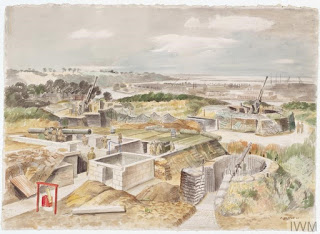 |
| Tower Hill Battery, Upnor, opposite Chatham. |
 |
| Lightships and buoys, English Channel and North Sea. |
Pre-planning indicated a five-two chance of the Shoeburyness danger
areas being hot and zone transits at Southend tend to be higher than the lower
level I’d like for this exercise, so a decision was made beforehand to take the
western route and include Stow Maries, Osea Island and Goldhanger, rather than
the true coastal course. These are the
alternative sites on the coast.
Southend
Rochford. RNAS/RFC
Rochford opened as training airfield for RFC
May1915 & to attempt to intercept German raids on London. Decommissioned 1919, it re-opened 1935. 198 Depot Squadron trained night fighters
. The site occupied the same area as the
existing airport.
Shoeburyness
RFC Early Warning Station. RFC 37
Squadron. Call sign BY.
Burnham-on-Crouch, a 1st
class landing ground, was established as a night station in 1915 at Wick Road
an land adjoining Wick Farm. Initially
the airfield was used by RNAS with two Bristol TB8 biplanes but in 1916 the
airfield was taken over the RFC who extended the site. The airfield was the base for No 37 (HD)
Squadron in 50th Wing. Life at the base
was hard, the camps rudimentary and as the ground was low and marshy, the
airfield was abandoned after little use.
The most exciting events occurred when aircraft from other stations
used the site for emergency night landings.
Burnham,
Dengie 100. By the end of
1914-15 there were anti-aircraft emplacements on the marsh, plus the Burnham
Battery, Riverside Road.
32. Stow
Maries RFC.
Home to No 37 Squadron, B flight,
Stow Maries is the jewel in the crown of surviving aerodromes. A flight arrived
in the summer of 1917. Capt Ridley &
Lieut Keddie flew BE12as on the night of 23-4th May 1917, when
Zeppelins L40, L42, L44 & L47 again chose a poor night to attack. In and out of cloud, with engine problems,
Keddie chased one he’d seen at 7000’ off the coast at Harwich when patrolling
Blackwater to Harwich, but had to land at Covehithe. L44 had major engine problems also and was
drifting off the East Coast. It was an
unsatisfactory night for all concerned.
Also, the BEs’ performance was
unable to match that of the mighty Gothas.
On 25th May, a formation of Gothas flew overhead Stow Maries,
as if unconcerned about the puny machines based below them. Claude Ridley wrote: “It seems a great pity
that scouts cannot be supplied to flights for this purpose, as the BE12a climbs
so very poorly and is so very slow at a height in comparison with a good
machine. It takes a long time to reach
14,000ft and at this height there is no reserve of power, which seems
absolutely useless when it comes to attacking first-class German machines. If I had been flying a fast scout I am almost
certain that I should not have had the slightest difficulty of coming into
contact with the hostile formation. If
the Germans make a practice of coming over as they did today it seems hardly
fair to expect pilots on BE12as to gain satisfactory results.” Other flight commanders expressed similar
discontent.
The aerodrome goes from strength to strength now, much
loved by those of us who can fly in.
33.
Osea Island RNAS. The base occupied
the west side of the island. In tight
security, a Royal Navy team tested a two man Seagull seaplane, but it was not
deemed successful.
By
1917, Osea Island was a base for coastal torpedo patrol boats, often used to
chase submarines.
34. Goldhanger. Of the trio of Rochford, Stow Maries and Goldhanger, the last airfield was the busiest, taking half of the action. Manning was not proportionate:
No 37 Sqn arrived
in Sep 1916 and stayed until the Armistice; No 74 Sqn had five days there 1918
when it was equipped with SE5a prior to going to St Omer. The mostly wooden buildings were sold in the
1920s, two hangars being bought by Crittals, whose windows were replicated more
recently at Stow Maries in the restoration of the buildings.
Major Mick Manus flew his squadron into the airfield in
March 1918, en route to Ypres. They left after three days, following an evening
in the Chequers Inn that he recorded as the only noteworthy incident.
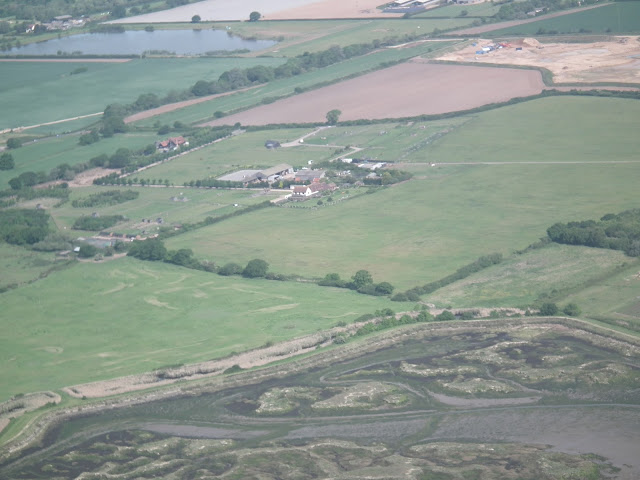 |
| The two large fields indicate Goldhanger airfield, SW of the village and north of River Blackwater. Osea Island is immediately to the south. |
35.
Clacton RNAS. There is no confirmed site for the
seaplane base, thought to be near the pier and landing stage. Just prior to the war, Churchill, who was
training in a floatplane, had an engine failure nearby and force landed at
Clacton, commemorated by a plaque in one of the seafront gardens. His passion for aviation (and all science)
influenced events for many years to come.
Operations here were from 1914-6.
36. Harwich, Beacon Fort. Anti-aircraft guns were placed on the Harwich peninsular, utilising the old Harwich Redoubt. It was a large, important battery.
The 1917 Gotha attacks, by now
made in formations, were far more successful than when solo, but now changed
operations on the ground by the AA guns managed to break up the formations and
force the Gothas to seek the safety of height.
Harwich,
wireless station. Situated at the army garrison round
redoubt, it was designated an Early Warning Station.
Harwich, Naval wireless station. The rather isolated cottage survives, south of
Shotley village, on the peninsular between River Stour & River Orwell,
opposite Harwich port. It epitomises Marconi’s work with the
Admiralty and wireless amateurs.
Shotley Point RNAS Kite Balloon Station. A Royal
Naval Training base before the war, the station had four canvas balloon
hangars. The Gotha raids of summer 1917
had modest success here, such as that on 4th July, when, although
most of the bombs fell into the sea, four naval ratings were killed at Shotley
Point. The mistaken assumption that the
Gothas were heading for London delayed the order to get the home defence aircraft
airborne.
37.
RNAS Felixstowe. Immediately opposite Harwich
peninsular, now by the container port, was Landguard Fort, another vital
defence station. In 1912, Harwich saw
the first aeroplane v submarine trials, with wireless. The War Office failed to see the potential of
R&D and did little to capitalise on the trials here or at Eastchurch. The Admiralty certainly started the war at an
advantage over the RFC.
The seaplane carrier HMS Vindex
carried two Bristol Scouts, which took off from a short makeshift runway on the
forward deck as the vessel steamed at full speed into wind. Floatplanes were more robust, the hulls being
more seaworthy than the floats of the seaplanes and somewhat less susceptible
to the problems of recovery in choppy seas.
They could also carry more fuel and a heavier bomb load. Success came later with the adoption in April
1917 of the ‘Spider’s Web’ patrols, centred on the North Hinder Light
Vessel. Using the wireless signals of
the U-boats, which were picked up from Hunstanton, Lowestoft & Birchington,
the 24 segments of the ‘web’ could be patrolled relatively efficiently.
A large raid on Harwich &
Felixstowe on 22nd July 1917 by 21 Gothas were met by around 122
aircraft in total and seven AA batteries, under Harwich command, which forced
them to break into two groups. Fifty
five bombs were dropped in the area.
Felixstowe engineers’ workshop was hit by a 50kg bomb that killed one
and injured three.
In response to losses to the
newer German seaplanes, range was increased by using submersible lighters on
which the flying boats could be towed.
The lighters’ hulls were designed to minimise the bow wave and hollow
tanks along the side allowed the lighters to be flooded and the aircraft
floated in. Compressed air tanks then
blew out the water and both lighter and flying boat could be towed. The aim was to target more Zeppelins – the
‘eyes’ of the Germans – and be of more general nuisance value in the Heligoland
Bight.
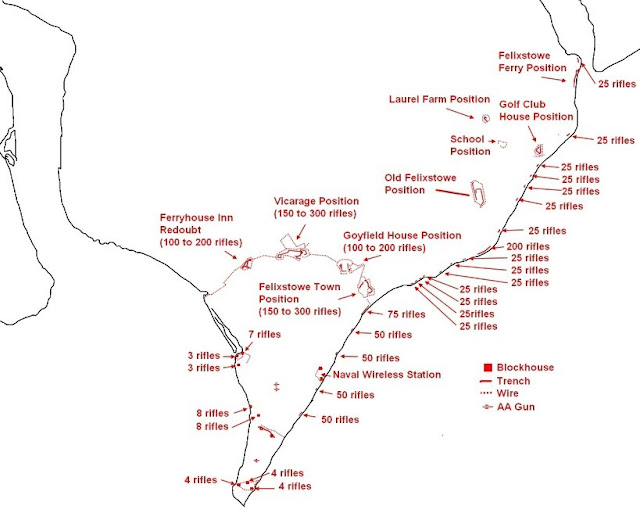 |
| Felixstowe Air Station was well situated to attack U-boats. |
Felixstowe, naval wireless station. On the coast here, to the east of the fort, the station had the call sign SCQ. The fort is now a museum.
38. Orford Ness. Set on marshland SE
of the River Alde, the station shows just a few remaining buildings of this
period of its existence. Most of the
buildings are newer, particularly relating to the Atomic Weapons Research
Establishment.
There is one building in use
continuously since then, now used as a motor shed by the National Trust. The
RFC Officers’ Mess is a Grade 11 listed building. To protect the land from flooding, a large
Chinese labour force was drafted in to build a seawall.
 |
| RFC Barracks - photo Historic England |
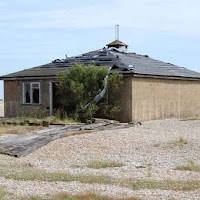 |
| Bomb Store - photo Historic England |
Here could be found tests on
oxygen masks, electrically heated suits, aerial photography, navigation, night
flying (leading to the revolutionary step of illuminating the instruments),
quick release straps, bomb release mechanisms, dive bombing, armoured planes
and self sealing fuel tanks. An official inspection in October 1916 found trials
being done on aerial use of machine guns, phosphorous bombs for attacking
Zeppelins, high explosive bombs, gun sights, hydraulic timing gear for guns and
the production of artificial clouds. Donald
Bremner, who served with the Royal Navy Air Service at Orford Ness,
recalled building home-made depth charges.
"We used to make our own bombs by filling cocoa tins with TNT. To see an Oxford professor filling these
tins, melting the high explosive on a primus stove, very often knocking his
pipe out on the side of the tin, smoking all the time, it was
always
a little frightening".
Parachutes
were forbidden for pilots, but used for delivering homing pigeons.
Orford Ness, taken from the west, due to the proximity of the bird sanctuary to which I gave a possibly over wide berth. I should have got closer.
39.
Aldeburgh, Hazlewood Aerodrome. Hazlewood was designated a NLG for Yarmouth.
Fighter aircraft occasionally took off
from the grass airfield in response to Zeppelin raids. The Anti-Submarine
Inshore Patrol Observers School then formed here in August 1918
after redevelopment work had taken place which extended the boundary to the
north and west, land to the south-west being used for administrative and
domestic buildings. The airfield became one of the few bases for one of the
first reliable and effective anti-submarine patrol aircraft, the Blackburn Kangaroo.
Aircraft such as the Royal Aircraft Factory BE2 and Airco DH6 also flew from
Aldeburgh for varying lengths of time. Pilots are said to have used the bunkers
of the nearby golf course to locate the airfield that was also circled by a
chalk ring, 50 yards in diameter and two yards wide.
40.
Covehithe landing ground was a
satellite station for RNAS Yarmouth. The
airfield, covering 82 acres and equipped with searchlights and paraffin lights
for night landing, was used for anti-Zeppelin patrols
by No 73 Wing. In 1918 the station was
transferred to 273 Squadron of No 4 Group RAF, which flew DH9, DH4 and Sopwith Camel aircraft
from the site.
By 1918, increased
shipping losses to U-boats led to 200 surplus DH6 training aircraft to be
deployed from coastal landing grounds, including Covehithe and Aldeburgh.
From Covehithe, it was a short, direct flight to Beccles for
aeroplane and crew refuelling, in a morning rapidly developing into a warm and
sunny day.
08:15 - 10:15
Flight time 2hr 0min
130 nm
Fuel added: 36.20 ltr
Considerations for this flight:
Norwich airspace
Fenland Radio: 122.925 MHz
41.
Lowestoft, wireless station. The
site is debated of this ‘Captain Round’ wireless station, but officially it is
as marked and shown below, on higher ground.
Possibly more logically it might have been near the lighthouse and cable
office. The layout was typical of the
WW1 new structures: Station A1 – two wooden buildings 26’ x 12’ with 5 masts,
Station A2 – smaller, at 14’ x 10’ with 1 mast. Station F1 – two buildings 52’
x 12’ and 5 x 180’ box masts Station F2 – 90’ x 12’m cabin with 90’ mast. Windows and shutters were also
specified. Ancillary buildings included
an engine house, a small guardroom with ten bunks, battery house, sentry boxes,
dugouts, tents and latrines.
Lowestoft, RNAS Kite Balloon Station and also a designated NLG.
From
1917 two balloons were housed in
canvas hangars, 100’ x 36’. Redesignated
7 Balloon Base in 1918 on formation of RAF, the base closed in 1919. Balloons could be embarked in calm
weather.
Nos. 212, 228 & 229 Squadrons were based here in August
1918.
In May 1916
Flt Lt Cadbury, a very experienced pilot, rated their first Pup as a night
fighter: “…it was a pretty rotten flying on an unstable fast machine in the
dark.”
On 5th August 1918,
now Major Egbert Cadbury, with Lt R E Keys attacked and destroyed L70 in the
last airship raid, Cadbury’s Observer Robert Leckie firing the successful
shots. They were flying modified DH4s,
Cadbury’s carrying two 100lb bombs which he jettisoned after take off, although
apparently it did not improve the aircraft’s performance. The ‘mod’ put the pilot and observer closer
together in an effort to improve communications, although they did have a
Gosport tube which was of no use in combat.
In the DH4, they were separated by the fuel tank. The DH4 had a RR Eagle engine, well regarded
for speed and altitude and a forward mounted Vickers with a Lewis gun in the
rear. After the war, Edgar Cadbury
returned to the chocolate factory and Leckie became an Air Marshall of the
Royal Canadian Air Force.
43. Caister-on-Sea Wireless Station. The Caister station was set up in an
existing building in the High Street and communicated with ships in the North
Sea and the Cross Sand lightship. Call
sign GCS, 1.5kW, wavelength 300m. On 9th
February 1916 the station intercepted transmissions that gave the first signs
of activity, but soon after two floatplanes appeared over Lowestoft to drop 19
bombs from 5-6,000’. Aircraft from
Yarmouth were not airborne until 35mins after the alert and met nothing on
their patrol but enthusiastic fire from the AA guns as they returned.
The
building on the corner has been a pharmacy since the earlier postcard shown
above, although the Co-op iteration of the present is almost unrecognisable
(bottom centre of my photograph). The
area of the mast site occupied the area behind.
44. Bacton landing ground. Operational from 1915 to 1919. A detachment of 273 Squadron RAF was here in 1918, flying DH4s, DH9s and Sopwith Camels (for escort duties).
44. Bacton landing ground. Operational from 1915 to 1919. A detachment of 273 Squadron RAF was here in 1918, flying DH4s, DH9s and Sopwith Camels (for escort duties).
An airship station was proposed and planned for Cromer but only half the funding for the shed was provided in 1914-5 and nothing came of it.
45. Hunstanton, wireless stations. ‘Y’ and ‘B’ stations were located locally.
Hippisley Hut.
In late 1914, wireless amateurs Richard Bayntun and
Russell Clarke were sent to Hunstanton to set up a listening post in a former
coastguard station in what became known as ‘Hippisley’s Hut’, a wooden house
now offering B&B. Their
previous work had been well received by the Admiralty and their work here was
very useful. They station intercepted
signals from German ships and airships, work that led to the creation of 14 ‘Y’
stations along the coast. By 1917,
intelligence and signals were enabling far more attacks on U-boats and airships
and by 1918, ‘SIGINT’ had complete control of the airwaves. For this and other service, Bayntun was
awarded an OBE (military) in 1918, which was later promoted to a CBE
(civil).
The
importance of his contribution was summarised in The Times by William Rees-Mogg
in 1995:
“In
Somerset we believe that Bayntun Hippisley personally won the First World War.
He came from a family with an engineering and scientific talent; his
grandfather had been a Fellow of the Royal Society. Bayntun was an early
pioneer of radio research; in 1913 he was appointed a member of the Parliamentary
Commission of Wireless for the Army . When war broke out in 1914 he joined
Naval Intelligence and was made a commander. He was the man who solved the
problem of listening to U-boats when they were talking to each on the radio by
devising a double-tuning device, which simultaneously identified the waveband
and precise wavelength. That, it is said, was essential to clearing the Western
Approaches in late 1917, when American troops were coming over. Bayntun
Hippisley sat in Goonhilly listening to the U-boat captains as they chatted
happily to each other in clear German; he told the destroyers where to find
them; the food and the Americans got through.”
Hunstanton’s wireless
direction-finding station (B station), call sign HNU, was used to locate the
position of German naval vessels and airships by triangulating their wireless
signals. Signals intelligence gave Room
40 and Hunstanton vital warnings about German movements that became the Battle
of Jutland in 1916 and the First Blitz by Zeppelins. Somehow, the Germans were persuaded that information
came from other sources and continued to send unencrypted messages.
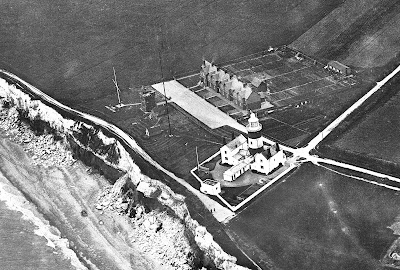 |
| Hunstanton in 1920. The square, brick building on the north of the same field was the power station. |
11:20 – 12:55
Flight Time 1hr 35min
92 nm
Fuel 27.28 ltr
Leg four: Lincolnshire
Considerations for this
flight:
Donna Nook/NOTAM area.
Bird sanctuary Gibraltar
Point.
Humberside ATIS 124.125
Approach 119.125
Beverley Radio: 123.05
Beverley Racecourse, then
NE to Beverley Linley – the racecourse added since I submitted my route outline.
The
break at Fenland was valuable, but with still about half the distance to cover
I couldn’t relax too long. The light
wind continued to behave in coastal fashion and I was now approaching largely
unfamiliar territory, so complacency about the progress thus far wasn’t an
option. The Champ’s fuel gauge, as used
on the Ford model A, had started to misread, which wasn’t a particular problem
- G-TECC has a custom-made, etched
wooden stick that forms part of the essential equipment - but it was
rather distracting.
46. Skegness RNAS. The RNAS station at Killingholme (Immingham) replaced
this temporary station by August 1914.
DFW Biplane, based at Eastchurch, after a forced
landing at Jenning’s Farm, near Donna Nook
47. North Coates Fitties. Fitties was opened as an intermittent grass landing ground in
1916–18 on the site of a 1914 army camp, becoming fully operational in 1918–19
for anti-submarine patrols & night landings. BE2s, FE2s, Bristol F2B Fighters were used
until replaced in June 1918 by Avro 504 for night fighter operations.
After many years, North Coates has returned to its
grass roots. There is a small museum on
site, largely concerning the airfield’s use in WW11.
48. Cleethorpes
Waltham Wireless Station & AA batteries
The wireless station was situated at Peaks Lane, New
Waltham, now amidst inter-war and post-war housing.
Peaks Lane leads off to the right. The shops were once a post office, which
would have been the logical site.
On the night of 6/7th
June 1915, airship L9, commanded by Kptlt H Mathy, probably the most
experienced pilot of the German Navy, was reported off Cromer at 8.25 p.m.,
arriving over Hull about 11.45 where the bombardment lasted about twenty
minutes, causing considerable damage. It was fired on by HMS Adventure without
apparent effect and then steered down river.
The L9 proceeded in a curve 6,000 yards from Killingholme at 12.15am and
then flew between Sunk Island, which opened fire with Maxims at 12.20 am, and
Immingham, which fired six rounds, again from 3,000 yards. Stallingborough also
opened fire with Maxims at 12.20. The Zeppelin passed through the north of
Grimsby, dropping bombs, turned left to pass Waltham Wireless Station where
anti-aircraft guns fired eleven rounds from 3,000 yards, and flew south of
Spurn. There were ships and stores in Immingham basin, oil tanks at
Killingholme and a high power W/T station at Cleethorpes. These were left unmolested
because of the risk of defensive measures. The attack was confined to
relatively undefended areas of Grimsby and Hull: residential areas. In
addition, the Zeppelin kept out of sight of Killingholme and Immingham and
crossed below Immingham at about 2,000’. Fog prevented the aeroplanes at
Killingholme taking off. It was last
seen from Donna Nook War Signal Station making to the southeast over the sea at
12.40 am. Mathy’s toll was 24 killed, 40 injured. Public outcry at inadequate defences included
serious rioting in Hull.
49. Killingholme. Originally called Immingham but probably
changed to avoid confusion with the navy-operated balloon station, the seaplane
base and airfield was at the northern end of Killingholme marshes, constructed
in August 1914 to replace the Naval Air Station at Skegness. The first anti-Zeppelin missions were flown
from here in Sopwith Scouts.
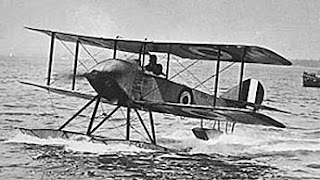 |
| Sopwith Schneider |
Post-war, the Grimsby Bus
Depot was built from Killingholme hangars; the 1925 facade remains today.
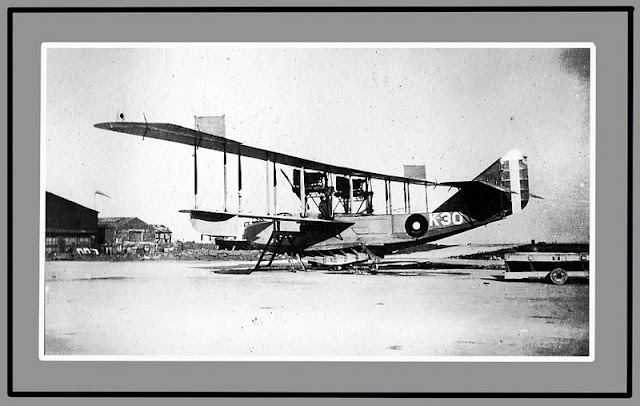 |
| Curtis - or Felixstowe variant - at Killingholme. They were indistinguishable. |
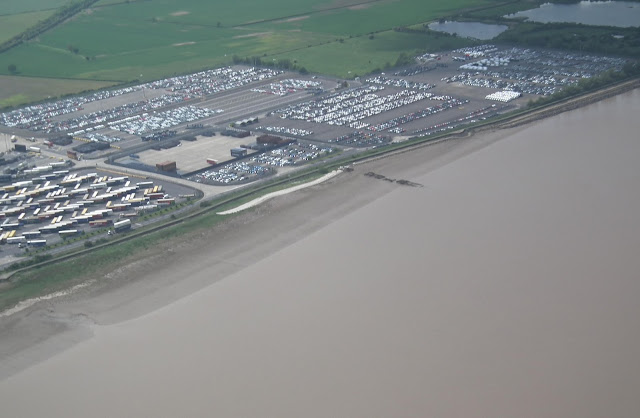 |
| The site of both RFC and RNAS stations, equally large as this at their peak. Only one of the several slipways remains. |
Killingholme, RNAS Immingham. No 8 Kite Balloon station. At the same
location, tethered kite balloons were trailed from convoy escort ships, taking
observers in a wicker basket to around 3,000 ft to watch for sea mines, torpedo
tracks, Zeppelins and U-boats. In addition to the primary ballooning role, a
limited number of airship operations were made.
.
50.
Hull, Brough. The airfield is
famous for being the base for Blackburn.
After a few seaplane examples, it produced the Kangaroo.
The Kangaroo entered service in
1918, with RAF 246 squadron, at Seaton Carew.
Brough became No 2 (Northern)
Marine Acceptance Depot, dealing with most of the RNAS floatplanes. Brough was (allegedly) chosen because of the
close proximity of two pubs. A slipway was built on the west wide of the
landing area.
After the Armistice and the absence of orders for military
aircraft, Blackburn’s name survived, thanks to the determination of the
directors.
Hull, Hedon was a 2nd
class landing ground and used a little by BE2Cs of RFC 33 Squadron. The land was not well drained. The strong thermals around Hull did nothing
for my photography; this is the best of the bunch!
51.
Spurn Head. Extensive defences filled the area:
Spurn Fort incorporated Godwin Battery, Green Battery, the Light Permanent and
Light Temporary Batteries, built 1915-6, not least because of the outcry
following raids on Hull in 1915: a RFC vehicle was stoned and an officer
attacked in Beverley.
Substantially reinforced gun emplacements were flanked by
magazines, searchlight emplacements, observation posts and all the support
facilities required to operate them & again in WW2. H.C. Lowther, commanding Humber Garrison,
ordered that ‘All AA searchlight detachments should practice every night.
Restriction to two nights prevents the requisite efficiency being attained.’
Yet on 16 September 1917 the Rear Admiral Commanding, East Coast, Immingham
Dock wanted practice to cease totally: the convoy's safety was more important
than searchlight practice. Regular use of lights, which could be seen from the
sea, would aid enemy submarines.
Much remains, but deteriorating. Erosion is taking Spurn Head itself.
A
Port War Signal Station was built near Spurn lighthouse to identify
shipping, using visual and sound signals, before allowing passage into the
Humber. It could also receive signals from wireless equipped aircraft.
The site is now VTS Humber’s ‘control tower’ for shipping.
52. Kilnsea Battery remains.
RFC 33 Squadron (e.g. from North Coates, Atwick, Owthorne
& Beverley, co-operated with Godwin and Kilnsea batteries, which were
searchlight equipped.
Kilnsea, sound mirror. Slightly
inland, the mirror is likely to have been erected in 1916-1917 and sited to
prevent noise from breaking waves interfering with its operation. It now abuts the wetland nature reserve.
53. Withernsea. No details survive of the whereabouts of the wireless station, save that it was using Marconi equipment and the call sign was MWS. I’m guessing it might have been at or by the lighthouse in town but can find no written evidence of that, or at any other site.
Observers used ‘Black Mill’ at Waxholme immediately to the
north of Withernsea, but this was another mystery. I could not find it on any contemporary
maps. However, I did find this in the
right area:
54. Owthorne. At the NW of Withernsea was a field used as a landing ground 1917-8. DH6 anti-submarine patrols. Pleased to have located the above, I forgot this one, so please imagine a field on the edge of town…
55.
Hornsea Mere. The RNAS seaplane base, about 1-mile
inland, was established in early 1918 at Kirkholme Point, the east end of the
Mere.
The
seaplane base was equipped with two Bessonneau hangars, huts, tents, various
brick buildings and two slipways. The base was established to provide
anti-submarine patrols along the northern coast. Hornsea Sailing Club, a café and a boat
rental operation occupy remaining buildings and the compass swing point and slipways
remain.
In 1918, 251 Squadron formed at Hornsea Mere however as they flew DH6 land based planes none of the flights would have been based there. In August 1918, No. 248 Squadron was formed: Nos. 404, 405 and 453 Flights flew coastal patrols off the Yorkshire coast until the end of the war. The squadron was made up of Sopwith Babies, Short 184s and Short 320 seaplanes. In March 1919 the squadron disbanded
In 1918, 251 Squadron formed at Hornsea Mere however as they flew DH6 land based planes none of the flights would have been based there. In August 1918, No. 248 Squadron was formed: Nos. 404, 405 and 453 Flights flew coastal patrols off the Yorkshire coast until the end of the war. The squadron was made up of Sopwith Babies, Short 184s and Short 320 seaplanes. In March 1919 the squadron disbanded
and the seaplane base was abandoned.
It is also documented that an anti-aircraft
battery was established at the base.
Buildings at RNAS Hornsea Mere remain in use as a boatyard,
sailing club and café (lower centre).
The larger building, centre, was previously the tea-room of
the ‘Hull and Hornsea Railway Company’ and was requisitioned. Still surviving and original are the toilets,
pay office, a magazine, a compass swing circle and slipways.
56.
Beverley Westwood. Although
not included in my planned route, a small detour was too tempting. The airfield opened on the racecourse in
March 1916 & was home to No 33 & 47 Squadrons, equipped with BE2cs to
patrol the Humber ports. The aerodrome
took on more of a training role, however.
Sir Hugh Chance remembered it thus:
“Three
weeks after posting to Castle Bromwich I was ordered to 47 Squadron at Beverley
in Yorkshire, commanded by Major J. G. Small. Beverley aerodrome had been a
racecourse and was like a grassy pimple; if one flew in too low one ran the
danger of hitting the rising ground; and if too high, the ground receded on the
far side of the pimple and, instead of touching down, one's wheels went higher
and higher and another circuit became imperative.” The airfield experienced a good number of
training accidents.
From Beverley Westwood I returned NE to Beverley (Linley),
where Hull Aero Club not only had a bucket of tea on tap, but also waived the
landing fee to add to my fund-raising.
13:50 –16:05
Flight time 2hr 15min
142 nm
Fuel added: 40.15 ltr
Leg five: Beverley to Berwick
Considerations for this flight:
Teesmouth power station
Boulmer HIRTA
Durham Tees Valley 118.850
Newcastle Zone 124.375
Eshott Radio: 122.850
57. Atwick. The aerodrome
opened on fields to the west of the village and was occupied in 1915 by several
RNAS Special Duties Flights, commanded from a seaplane base at Hornsea
Mere. As with many sites, conflicting
information abounds, but these fields are generally regarded as the correct
location, rather than the non-existent racecourse cited by some sources. This is another of my camera-shaken pictures;
strong thermals, even so near the coast, co-ordinated their activity to every
squeeze of the shutter, or so it seemed.
During May 1918, RAF Flight 504
used the landing ground for anti-submarine patrols in DH6s. It was designated a 2nd class
landing ground.
BE2s, BE12s and FE2s were
replaced in 1918 by Bristol F2B fighters and Avro 504 night fighters. The
Special Duties Squadron flew the Airco DH6, used mostly for anti-submarine
patrols and training. The DH6 was unable
to carry both two crew and weaponry, so were often flown solo. The RNAS accepted 1,000 of them. Interchangeable main-planes assisted repairs,
necessary in a training role.
58. Flamborough Head. A ‘Captain Round’ Station, the wireless station occupied cottages, described as bungalows, beside the lighthouse.
Flamborough Head in
August 1919
Accommodation here was basic:
eight iron bedsteads, four chests of drawers and two showers.
59.
Scarborough. More famous
is the wireless station on Irton Moor, that became GCHQ Scarborough, but it
started in this cottage at Sandybed Lane, in 1912. The ‘Y’ station remained until 1943, when it
could no longer contain the equipment and personnel required. ‘Wireless Cottage’ is now surrounded by
modern housing.
Wireless Cottage, the
oldest building for some distance.
Scarborough, RNAS Scalby Mills.
Used only by Blackburn for trials of the
Type L seaplane, which was originally designed for the 1914 Daily Mail Circuit
of Britain seaplane race. Nine
contestants were on their way when war was declared.
The
aircraft flew some patrols but was written off after it met the cliffs at
Speeton, early in 1915.
Two other Scarborough airfields
were inland, at Riggs Head and West Ayton.
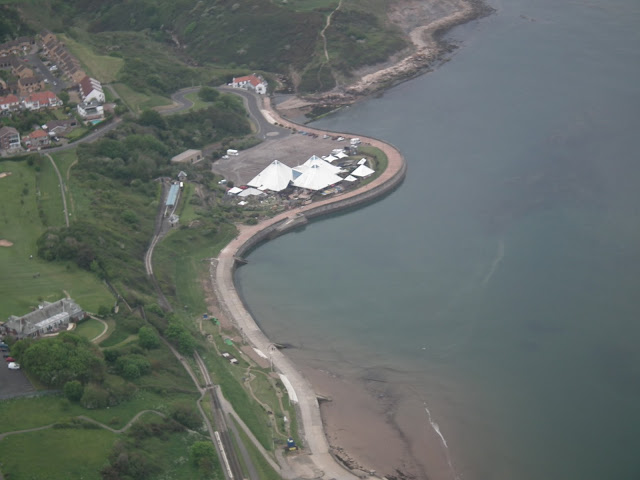 |
| Scarborough, Scalby Mills, as it is today. |
60. Boulby sound mirror.
High on the edge of the Yorkshire
Moors, the mirror still withstands the weather.
Built in 1916, its purpose was to provide warning of Zeppelin attacks on
Skinningrove Ironworks, where explosives and later, mustard gas, were
produced.
61.
Marske. Marske opened in 1917 as home for what
became 2 Fighting School, RFC. Single
and two-seater training was given on two-week courses – a ‘finishing school’
before posts to operational units. It
was not unusual for crews to complete two weeks without flying, due to NE
coastal weather. Most of the airfield
buildings were intact until the 1980s.
It’s now a housing estate, albeit with aviation-themed road
names: Barnes Wallis, Beardmore, Blackburn, Brabazon, de Havilland, Folland,
Halifax, Lancaster, Lysander, Spitfire, Vickers and Wellington.
62. Redcar, sound
mirror.
The Royal Engineers constructed this mirror in 1916. It survives, with an explanatory plaque on
the remaining base for the listening device: a trumpet connected to a
stethoscope.
It’s
down there, somewhere, but could I find it?
Failure. It seems that it was
right underneath me.
Redcar,
Kirkleatham. From June 1918-1919, the sub-station to
Howden was an RAF mooring out station for non-rigid airships. It occupied an industrial site about 3 miles
inland.
Redcar. Both an Anti-Submarine Patrol station
and a flying instructor school, RNAS flew DH4s, BE2cs and Bristol Scouts and
later DH6s for convoy escort duties. In
1917, four Handley Page 0/100 bombers were posted in response to the threat of
U-boats.
Aeroplane sheds of 180’ x 60’ were augmented by one of 200’ x 100’.
Longhorn at Redcar, 14th October 1917. Solo student Flt
Sub-Lt Eric Henry Platt Bailey was on his fourth flight that day, landing at
dusk.
63. Seaton Carew. Both bases are adjacent to the power station. I could overfly, above 2,000’, or skirt the wind farm where it might be smoother flying. Opting for the latter, meant that I was shooting into the sun – and it wasn’t much smoother, either!
63. Seaton Carew. Both bases are adjacent to the power station. I could overfly, above 2,000’, or skirt the wind farm where it might be smoother flying. Opting for the latter, meant that I was shooting into the sun – and it wasn’t much smoother, either!
Seaton Carew 11 was the RNAS/RFC Seaplane Station, inside the
estuary on the Seaton on Tees Channel, was on a smaller site than its brother
less than a mile away. One seaplane shed
and two Bessonneau hangars occupied the site from 1917-1919. RAF 246 Squadron was formed in 1918, flying
Blackburn Kangaroos. Conditions were reportedly
awful and insanitary, with mechanics having to sleep in toilets.
The hangars were on the field immediately above the jetty.
Seaton Carew
1. The
Anti-Submarine Patrol Station was larger than its neighbour, with seven
Bessoneau hangars on 72 acres. .
No 36 Squadron RFC had a flight
based here, from 1916. Originally, the
squadron was tasked to protect Newcastle, but in May the Tees and Forth areas
were added.
On the night of 27th
November, one BE2c was responsible for
the loss of L34, one of four Zeppelins which were heading for Teesside. A searchlight caught her over Hartlepool,
from where 2nd Lt Pyott chased her for five miles after 16 bombs had
been dropped over West Hartlepool, killing four and injuring 34 people. After firing 71 rounds he saw a bright patch
spreading rapidly on the airship before it burst into flames and fell into the
sea, some twenty minutes after it first coasted in. He dived, but suffered burns to his face. The
flaming Zeppelin fell into the sea, seen for miles. One of the crew fell into a field, where his
imprint remained a while.
Ian Pyott and his BE2c
64. Hartlepool sound mirror. The Clavering, Hartlepool sound mirror was demolished in the 1960s for housing estates. Built in 1916 according to a resident, it played its part, particularly when the L34 was shot down by Ian Pyott, as described above.
The
mirror was a few yards from what is now the gate to Clavering primary school,
above, which sits on higher ground to the NW of Hartlepool.
65. Seaham, Sound Mirror. It was west of the town, at Dalton Heights and likely to have been built in 1916. Some locals recall it being used in WW11 for firing practice by the Home Guard.
66.
Sunderland Sound Mirror. Also
known as Namey Hill, Fulwell. This
1917 type of mirror could have detected a Zeppelin 15-20 miles away, giving 15
minutes warning. This mirror had a slight variation in that the microphone
could be variably positioned, unlike those with a microphone on a fixed
post.
There were also ranging stations at Brunton, Kenton and
another unknown site that could triangulate altitude and range.
67. South Shields,
Frenchman’s Point.
Frenchman’s
Point wireless station has long gone, but was situated
behind the coastguard station. Neither
shows on contemporary maps.
South Shields. The base was established in 1916 as a
construction and receiving station, initially for Short 184s, built by F Sage
& Co of Peterborough. As a large seaplane station between Dundee and
Killingholme, it was also used as a fuel stop for machines in transit, such as
Sopwith Babies, Curtiss HS-14s, Felixstowe F3s & F2As. South Shields became the parent base of
Seaton Carew 11 when it opened. The base
was also taking delivery of DH6 land planes allotted to the coastal patrols in
1918. DH6s on Marine Operations had a
rather high rate of attrition and South Shields did a good trade in repairs.
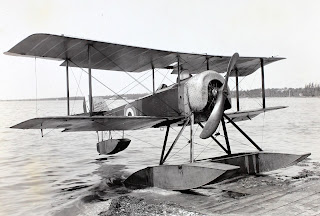 |
| Sopwith Baby |
The
choice of site was far from ideal, such that Admiral Ballard stated: “I do not
consider it possible to construct a seaplane station at the mouth of the
Tyne... A very heavy sea breaks all along the South Jetty on to the Herd Sand
in the easterly gales... no slipway could be built that would be strong enough
to withstand it unless constructed of stone.”
Launching was all but impossible from the slipway at high tide, coastal fog was common and the swell made life
very difficult. From one seaplane pilot:
“The harbour was generally too small for us to take off... The amenities...
were completely nix [nil]. .. The officers lived in a little hotel, which we
ran ourselves and there was nothing to do in the evening. On the main we used
to run a poker or shove ha'penny pool or something of that sort to keep
ourselves out of mischief.
When
it was decided to close South Shields, there was general relief.
This
was also likely to be the site of Kite Balloon Station, Tyne, which became 10 Balloon Base on 15th
April 1918, but it did not appear in that autumn’s Quarterly Survey of
Stations. In 1917, the Navy saw that
kite balloons had use in anti-submarine work: towed platforms could fly above
the convoys and provide early warnings of U Boats. Navy vessels were adapted to carry winches,
hydrogen tanks and the platforms for the balloon cages.
Tynemouth Cullercoats. Anti-submarine patrol station for 36(HD)
Squadron and with RAF 252 Squadron. It
operated from 1916-1919, using four Bessonneau hangars. The site is just north of the Priory and
Percy Gardens, now playing fields amongst modern housing, but my picture
suffered from previously made excuses.
Tynemouth, 47A Percy Gardens.
The War Office established a
coastal command centre in this six-storey building, with an observation and
range-finding post in the roof to control the Tyne guns. It was used again as a command centre in WW11
and is now a listed private residence.
Tynemouth Cullercoats,
Browns Point RadioTelegraph Station.
On Browns Point, 2 white buildings remain, converted to a private
dwelling.
Originally
a civilian telegraph station in 1906-7, it consisted of a timber shed with
nearby radio masts. In 1914, the Admiralty took over the running of the
station, which they used to intercept German radio traffic. Another brick
building was constructed in 1916 to replace the original wooden hut. Call sign LNS. The site is Grade 11 listed.
Yet again, I have no usable picture, particularly annoying
as this is a very well-preserved and scenic site.
69. Whitley Bay. The RNAS
flight started in 1914 with four Bristol TB8s
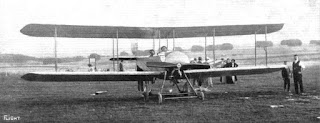 |
| Bristol TB8 |
70. Seahouses, Elford. Founded as a landing ground in 1917, the anti-submarine patrol station was designated a Marine Operations Staion in 1918. RAF 256 Squadron, with DH6 and Kangaroo.
Nothing remains on the fields slightly west of Seahouses,
but these, fuzzily, are they.
I couldn’t resist the inclusion of Bamburgh Castle, owned by
the Armstrong family. The Sir WG
Armstrong Mitchell and Company became Armstrong Whitworth in 1897 and in 1912
formed an Aerial Department at Newcastle.
The Armstrong Whitworth FK series
relates to the Dutch designer, Frederick Koolhoven.
71.
Berwick. The most northern site on the coast of
England was the Admiralty Wireless Station, almost opposite Holy Island .
Reports cite one mast and just two small buildings formed the station. No evidence remains, except, possibly, some
concrete bases.
Site of the wireless station, 1 mile SE from the hamlet of
Goswick.
The very light NW that had been
largely on the beam all day became a tailwind for the final hour, despite the
Met. Reports. North of Newcastle, my
ground speed increased noticeably by 8-10 0kts.
I’d harboured the idea of putting one wing over the border but abandoned
the thought as I contemplated the potential headwind component after. From Berwick, I made the final turn SSE
direct to Eshott, where I had permission to land out of hours. The tailwind would surely be reversed, but as
I headed inland, it became clear that it had been a coastal effect and the
headwind didn’t materialise, giving me a boost for the final part of the
day. Eshott’s grass looked very
welcoming and as I touched down, I felt that my personal challenge, anyway, was
complete.
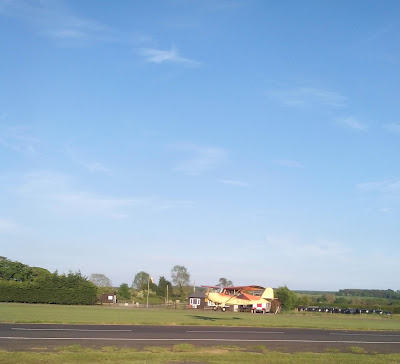 |
| Final approach at Eshott. Photo - R Warriner. |
Leg five was frustrated by some bouncy thermals at inopportune times and my concomitant failure with some pictures. On the return journey on the following day, in almost identical weather otherwise, the air was smooth. I’d already decided simply to enjoy the scenery and the camera stayed packed away.
17:15 - 19:45
Flight time: 2hr
30min
176 nm
Fuel added: 44ltr
One
hundred years on, I decided to link my challenge to some fund-raising for the
Royal British Legion.
Postscript
On
the following day, 25th May, Richard and I, now reunited in loose
formation flying home to the SE, made a slight detour to Shipdham.
Sources
Print:
A Higher Form of Killing – Diana Preston
Action Stations 9 Military Airfields of the Central South
& South-East – Chris Ashworth
Aeroplane Monthly (March 1916)
Air War over Great Britian 1914-1918 - Raymond Rimmell
Aviation in Kent – Robin Brooks
Battle of Britain 1917 – Jonathan Sutherland & Diane
Canwell
Dover in the Great War – Stephen Wynn
Flying The Pioneer Years in Kent – David Collyer
London 1917-1918: The Bomber Blitz – Ian Castle
Lympne Airfield at War & Peace – Anthony J Moor
Ramsgate Raid Records – Chas A F Austen
Richborough Port – Robert Butler
Thanet’s Raid History – The Thanet Advertiser
The Air Defence of Britain 1914-1918 – Christopher Cole
& E F Cheesman
The Birth of the Royal Airforce – Ian Philpott
The Dover Patrol 1914 – 1917 – Admiral R Bacon
The Dover Patrol 1914 -1918 – Roy Humphreys
The RFC/RNAS Handbook 1914 - 1918 – Peter Cooksley
Wings over Westgate – Geoffrey Williams
On-line:
Aerial Warfare & Home Defence Killingholme Area – Dr
Katherine Storr
Aeroconservancy.com
Airfields of Britain Conservation Trust
Andrew Grantham’s Sound Mirrors website
Ashore, Afloat and Airborne – via the Kings Research Portal
Australian War Memorial
BBC
Bishop Burton.org
Blogs.mhs.ox.ac.uk/innovatingincombat
British Artillery – Pieces – Artillery Intelligence and
Counter-Battery
BT archives
Churchside1.plus.com/Goldhanger-past/Great-War
Coastal Radio Communications
Cross & Cockade International
Culture24.org
Documents.mx/Sound Mirrors on the South Coast
Dover District Council Heritage Strategy Theme 3 Invasion
& Defence
English Heritage – First World One Wireless Stations in
England
English Heritage Hoo Peninsular Historic Landscape Project
Geograph.org.uk
Great War Forum
Historic England – East Coast War Channels
Historic England – First world war home front
Historic England - pastscape
Historic England – Rapid Coastal Zone Assessment Survey:
Yorkshire & Lincolnshire
IanCastleZeppelin.co.uk
Imperial War Museum
JanetandRichardsgenealogy.co.uk Ramsgate in the Great War
Kent Archaeological Society: Kent’s Twentieth-Century
Military and Civil Defences, Part 2 -Medway
Kent History Forum
National Archives.gov.uk
Newcastle.gov for Tyne & Wear Defence Ssites
Owlcation.com
Royal Observer Corps
St Mary in the Marsh Parish Council
UK Airfields & Airports
Wildfire111 Fortress Sheppey
WW1 Home Front Legacy.org
Yorkshire-aircraft.co.uk
100 aircraftphotos.com
Plans and photographs other than my own are copied,
gratefully, from the above. Use of
copyright material is purely for personal research.
Thank you to Beccles, Fenland & Maypole airfields. Particular thanks is owed to Hull Aero Club
at Beverley, Eshott Airfield, Andy Haigh, Peter Bond & The Great War
Display Team, Sandra Davis & of course, Richard Warriner.
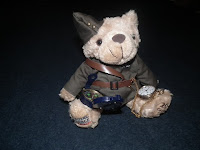
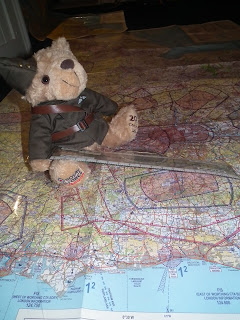
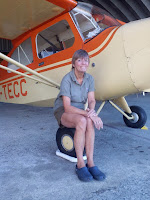
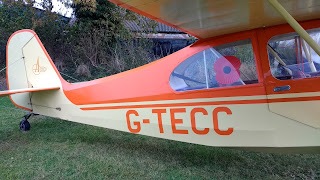

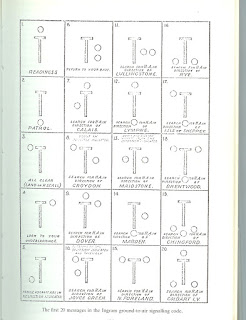
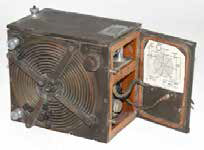
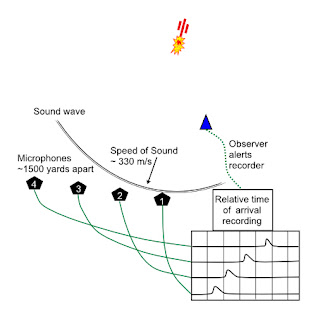
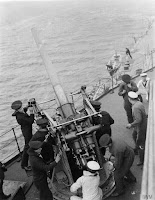
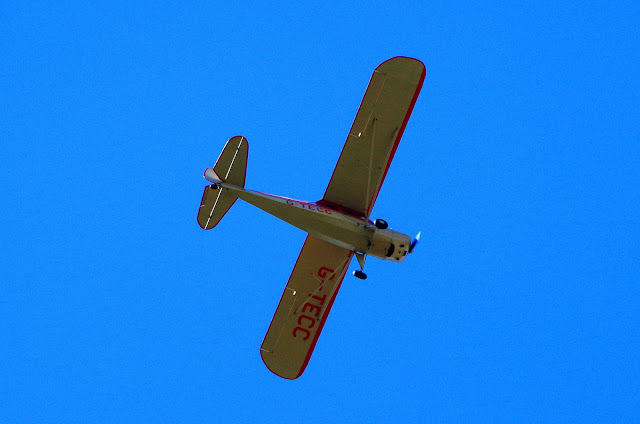
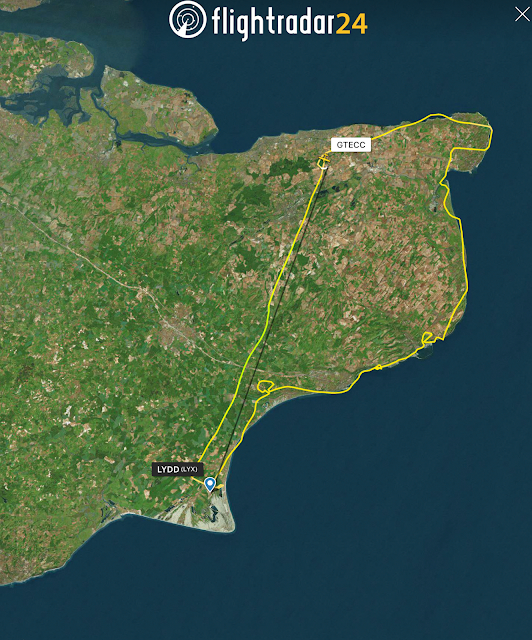
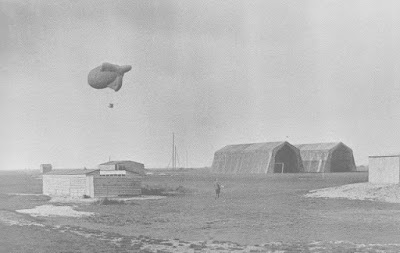
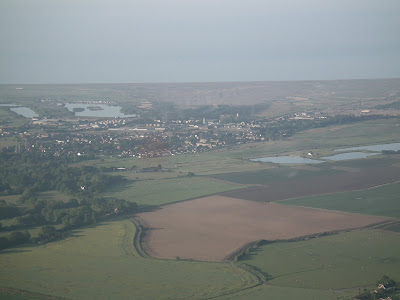
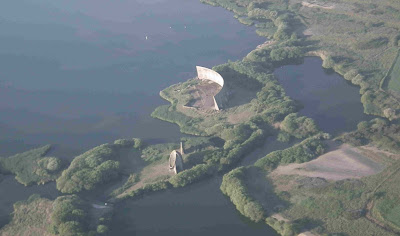
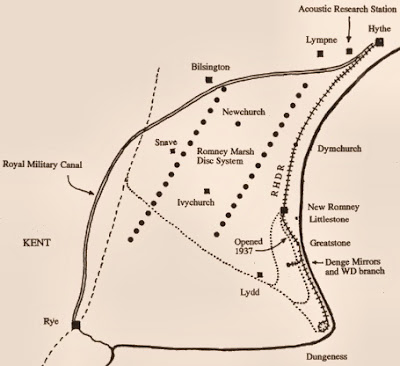

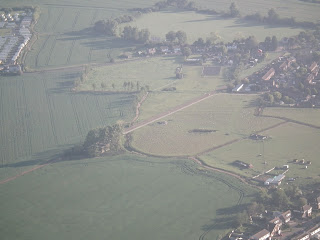


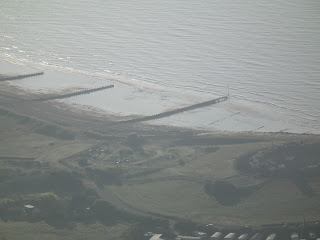
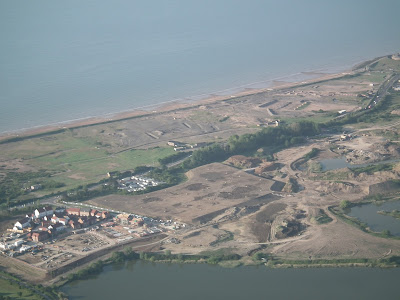
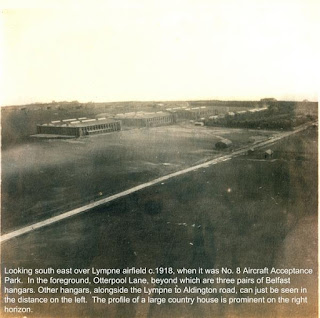
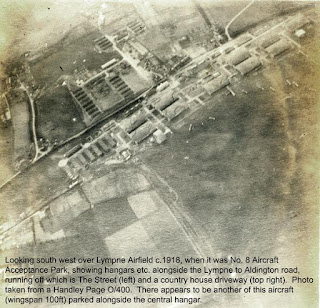

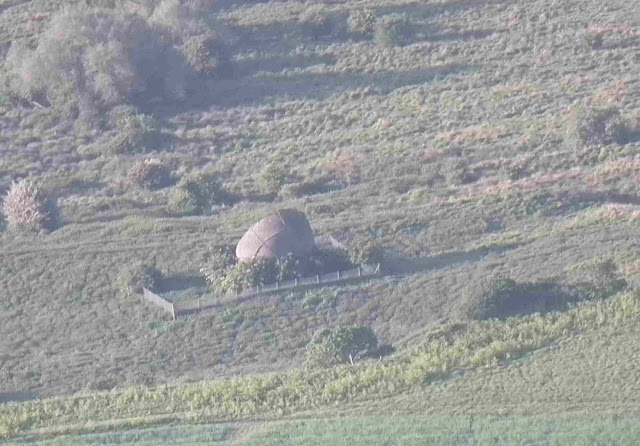
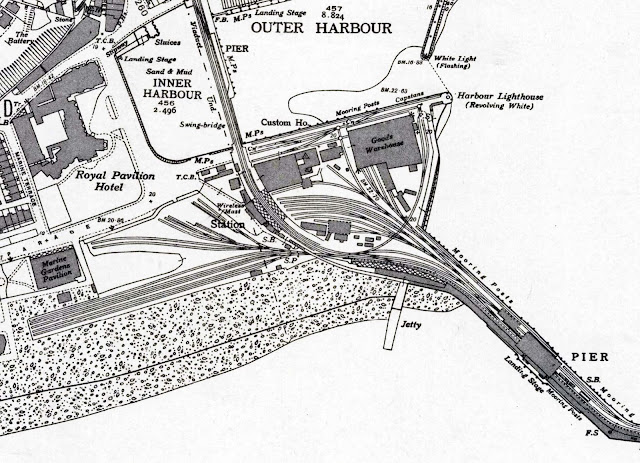


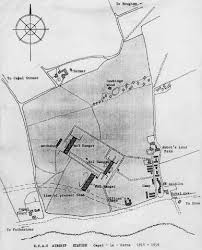
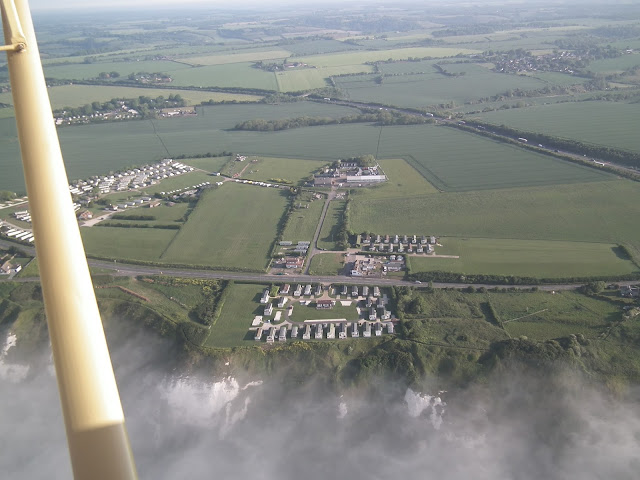

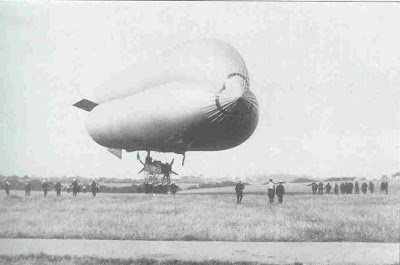


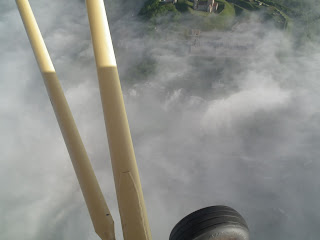
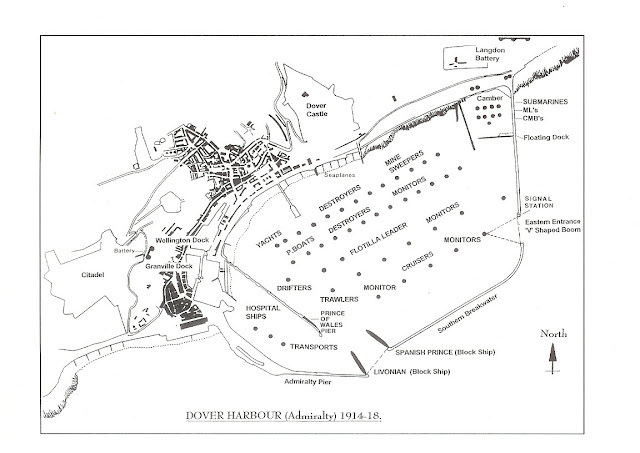
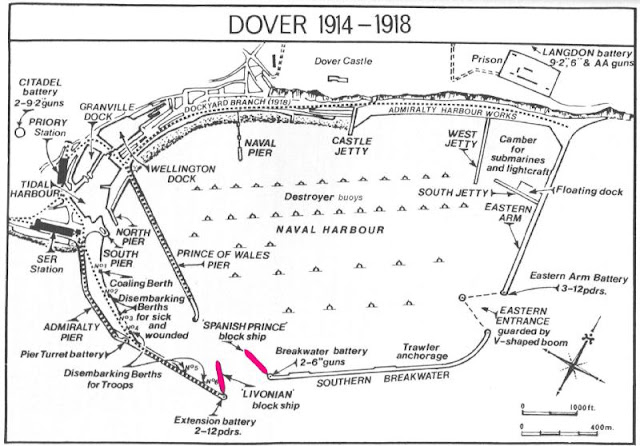
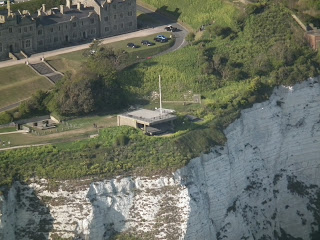
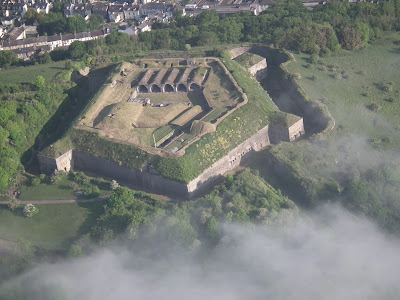
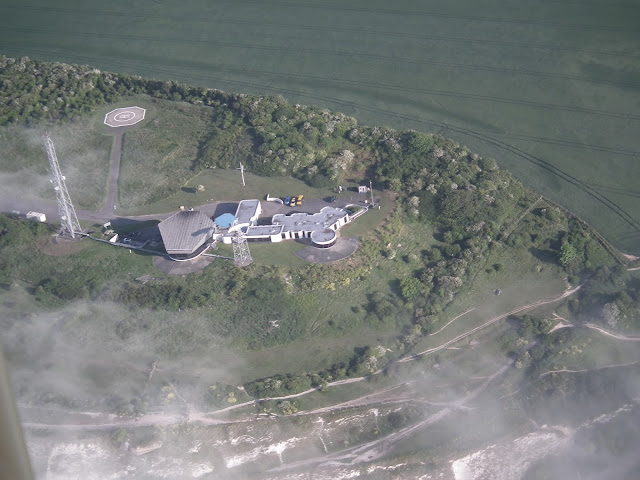
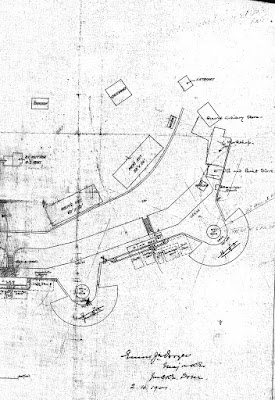
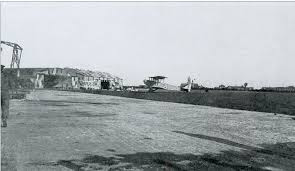
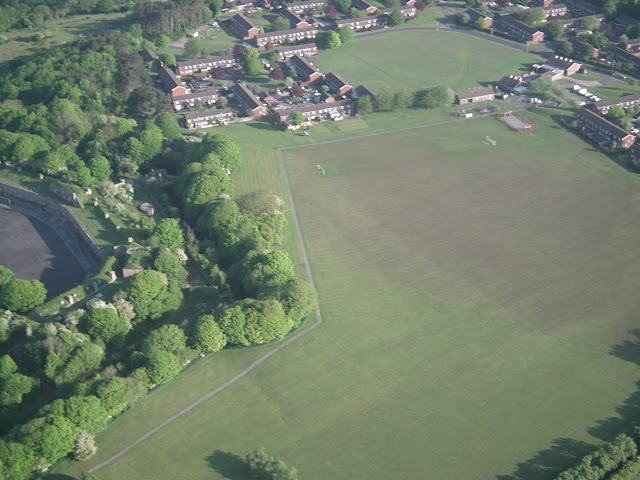
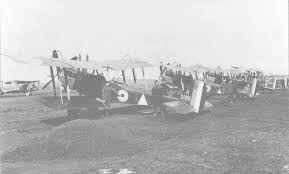
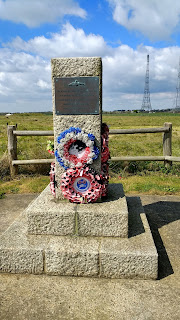
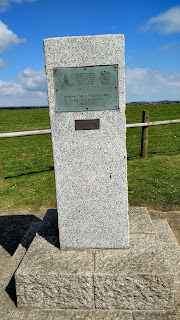

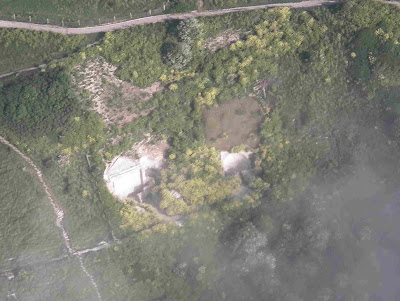

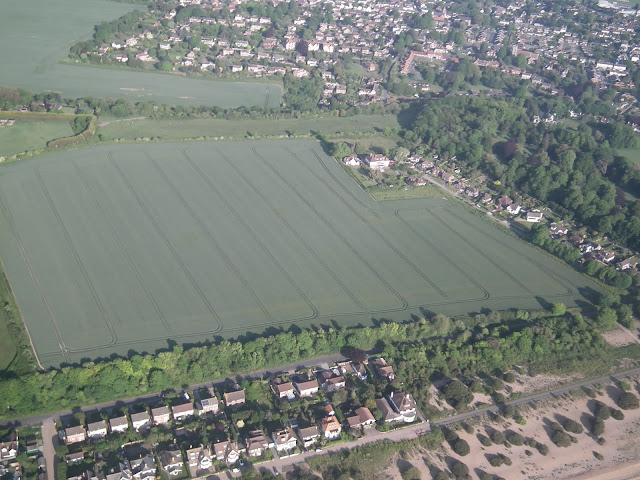

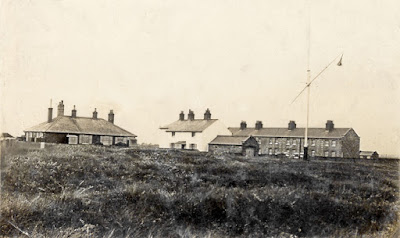
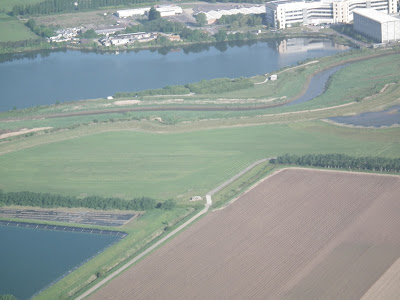
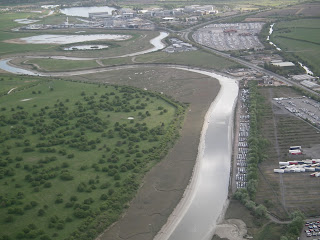
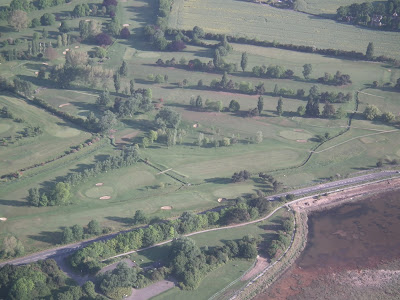
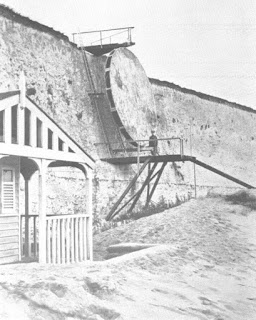
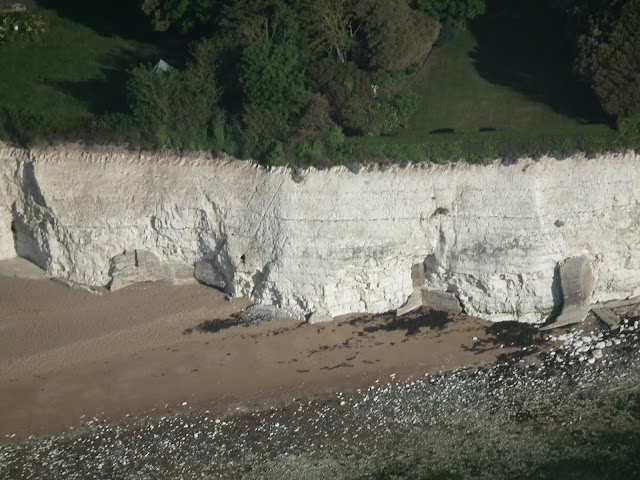

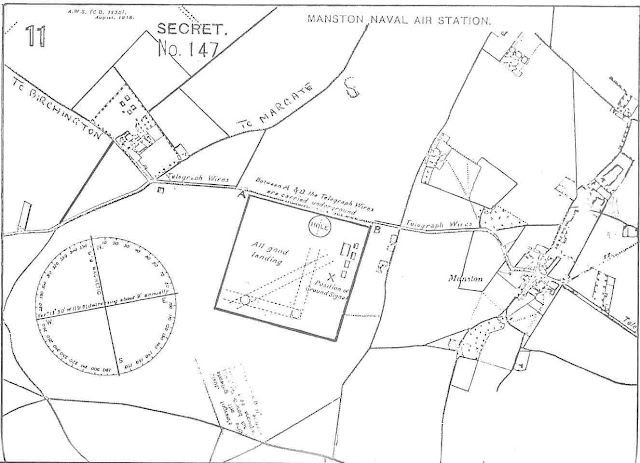

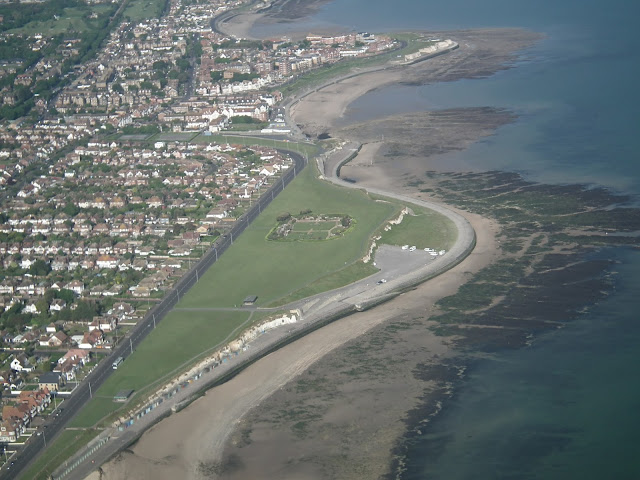


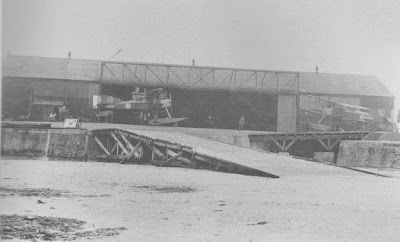
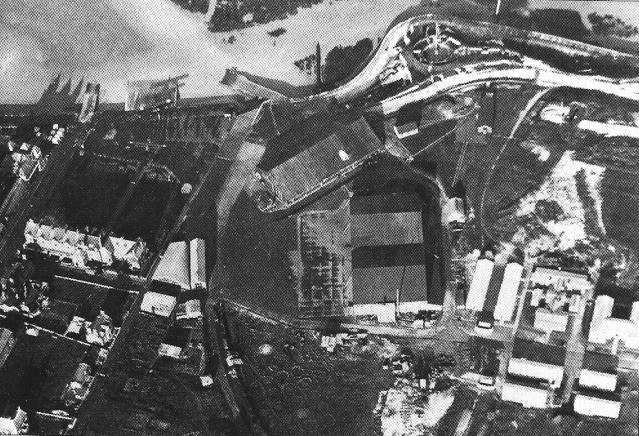
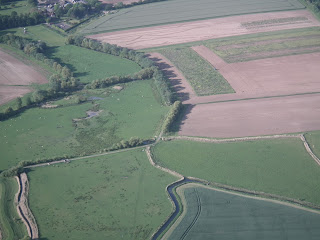
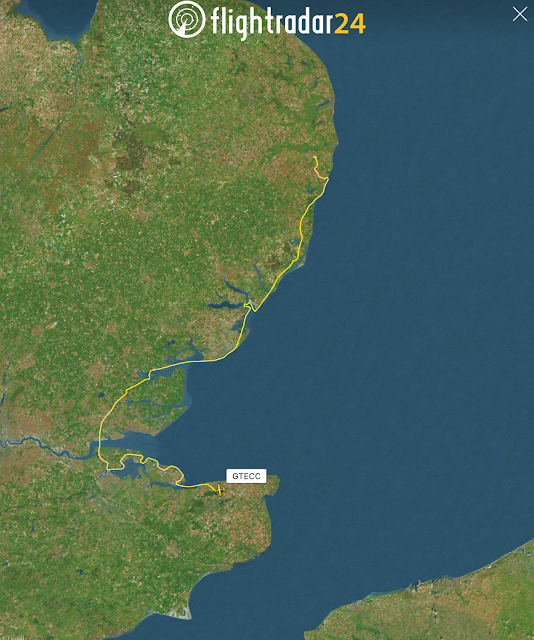
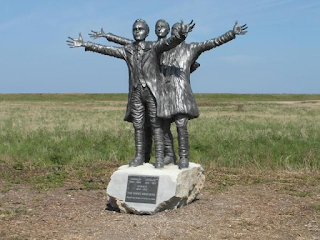
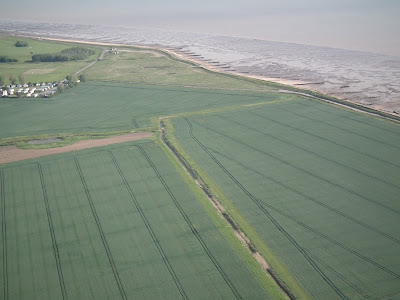

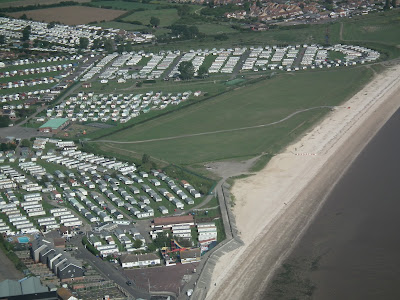
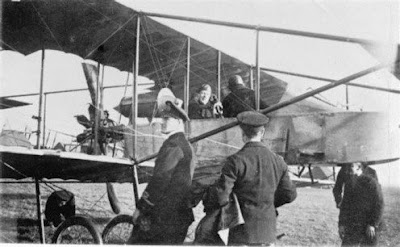
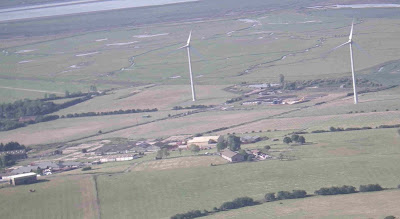

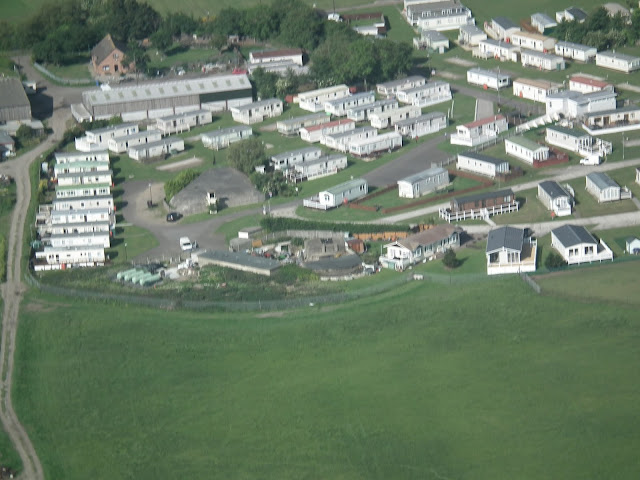
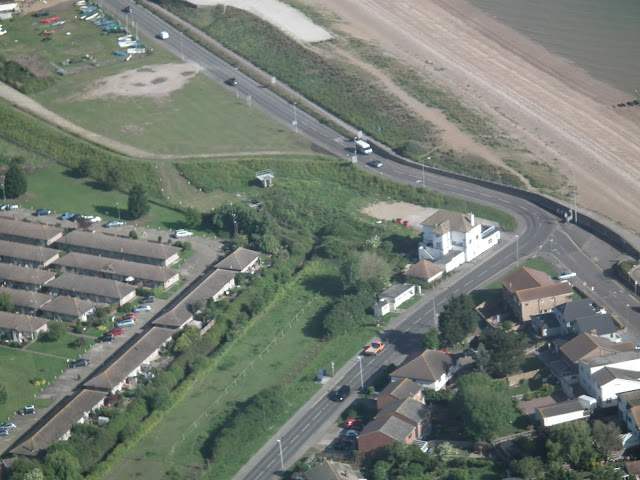


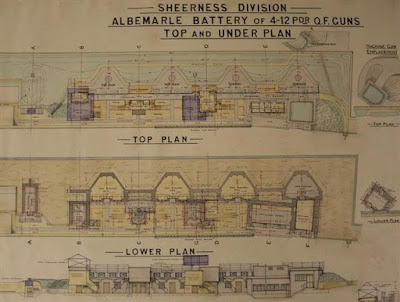
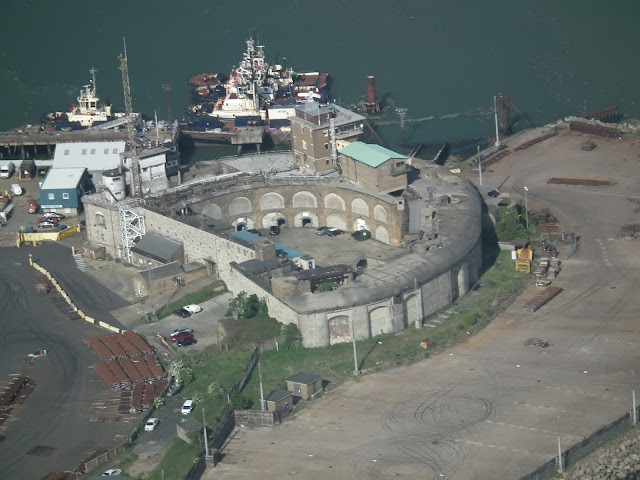
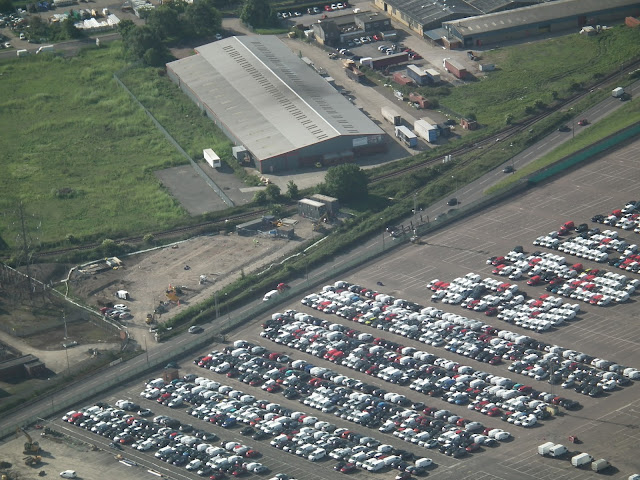
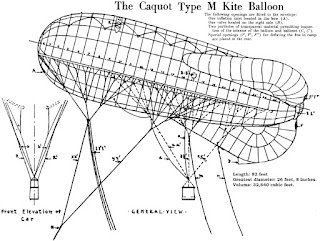

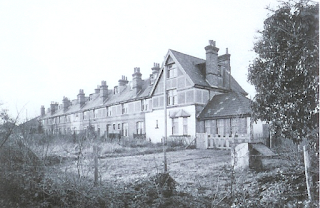
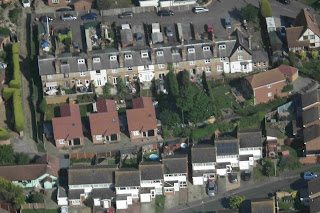
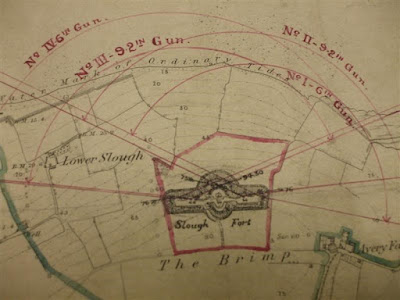
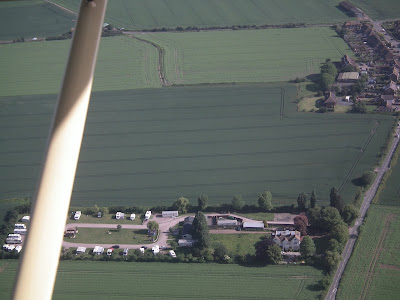
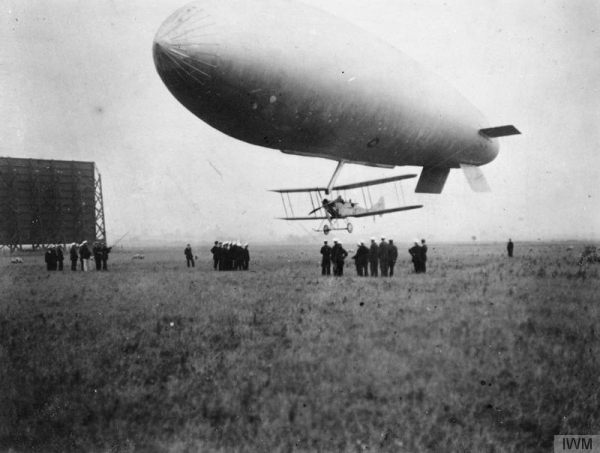
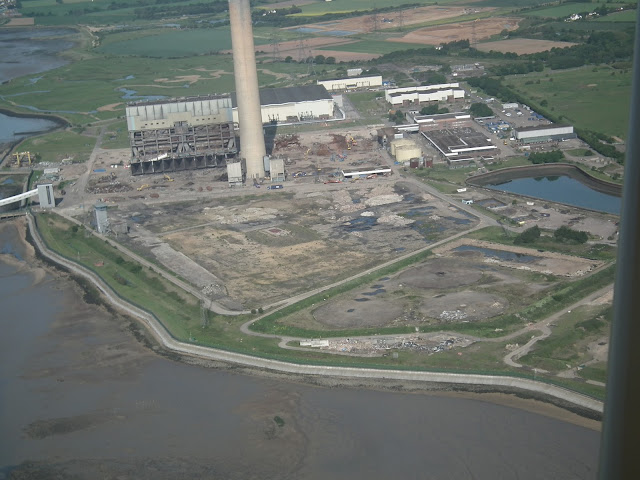

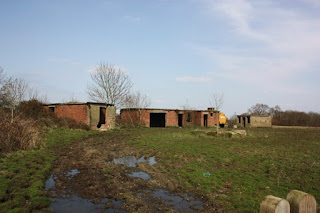
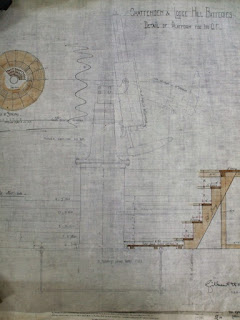
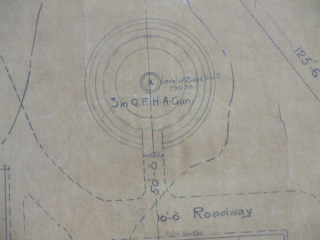


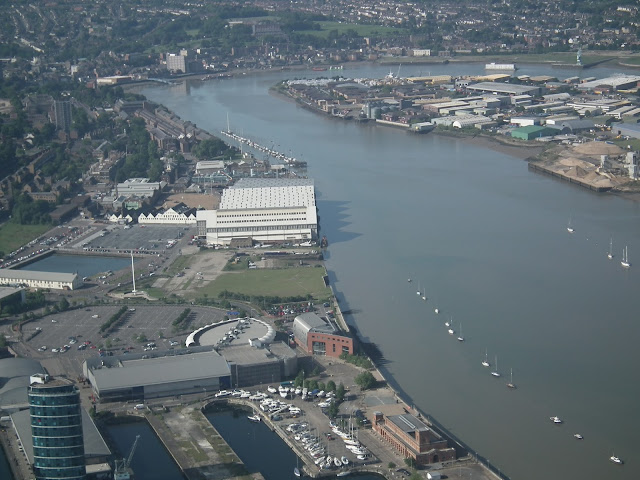
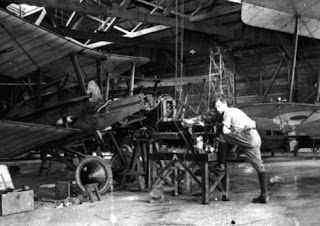
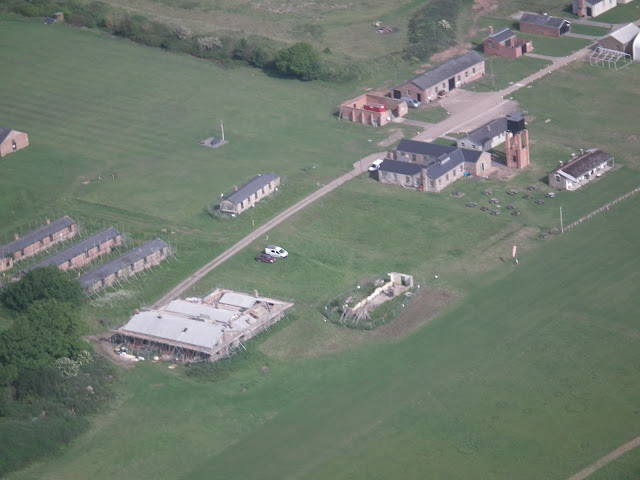

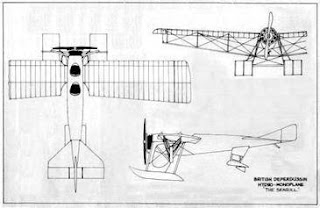
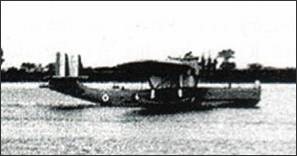
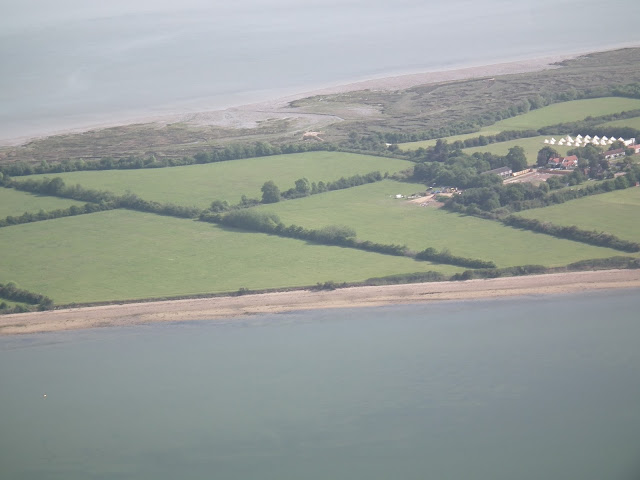

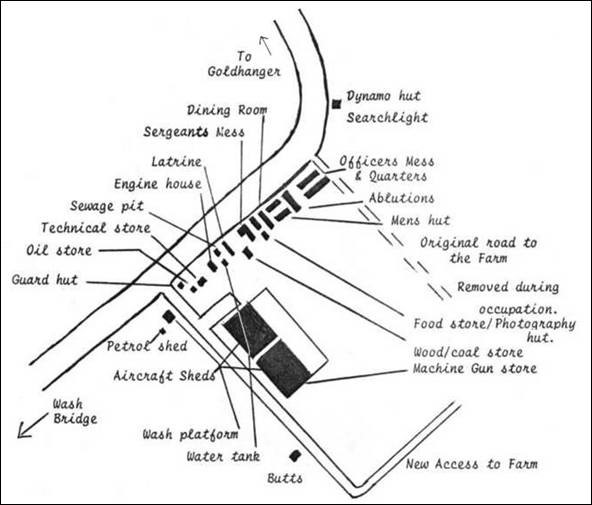

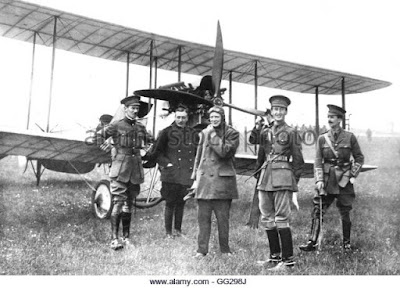

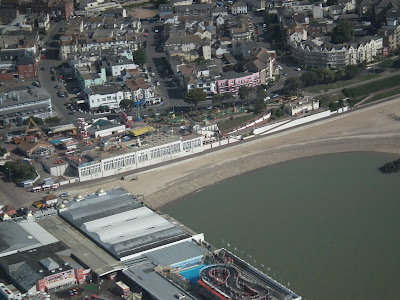
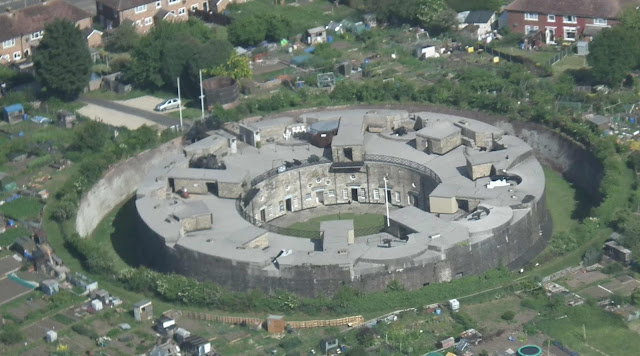
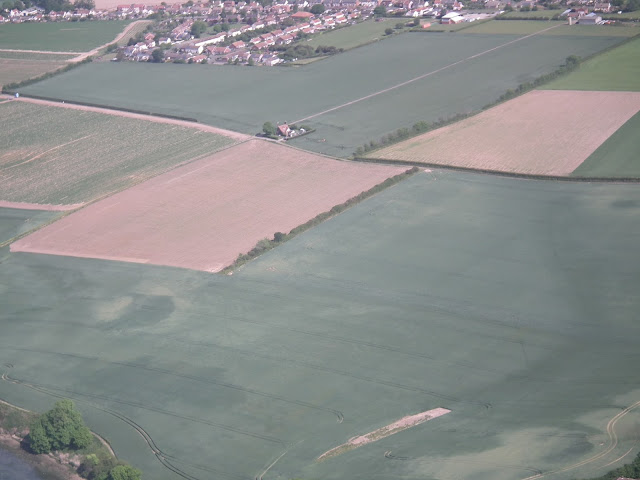
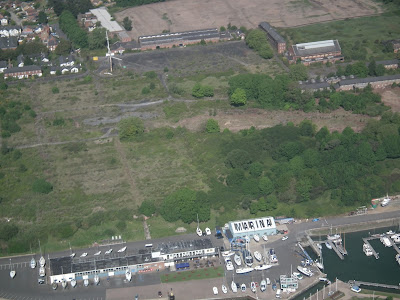
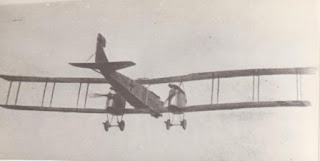
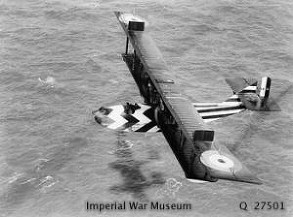
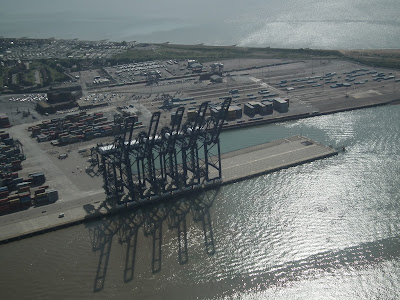
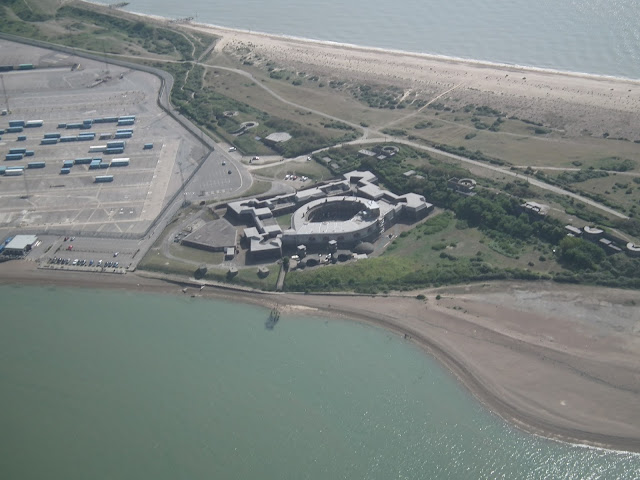
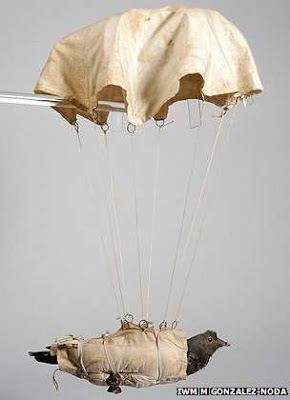
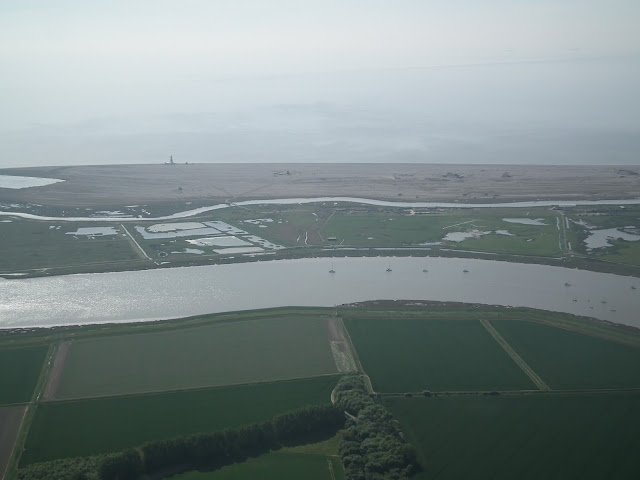
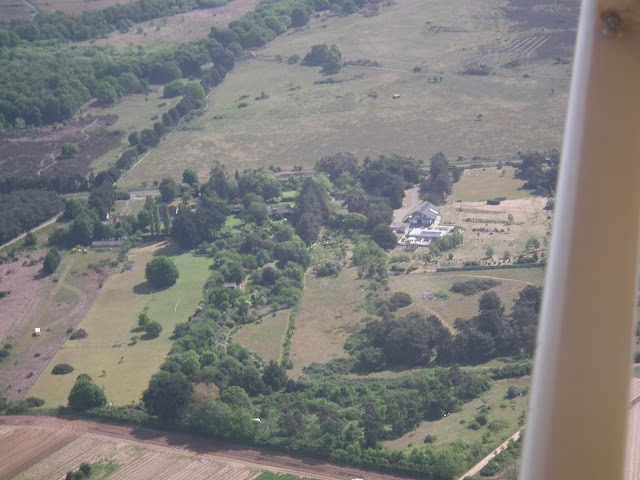

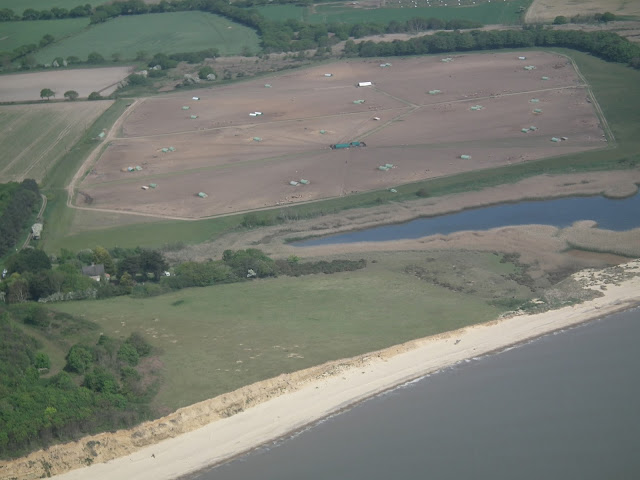
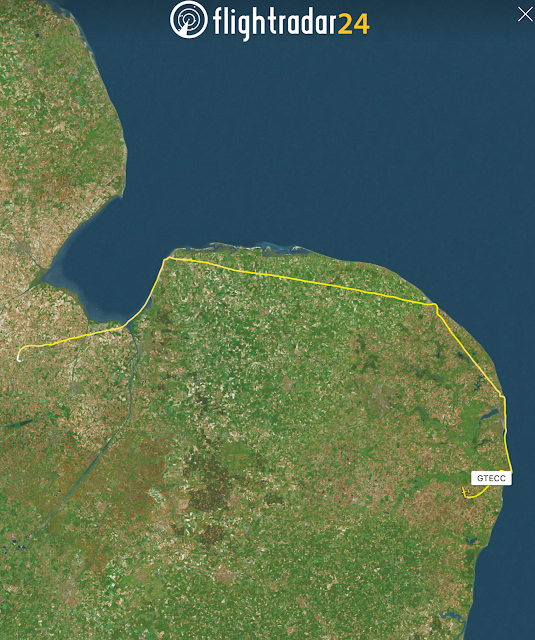
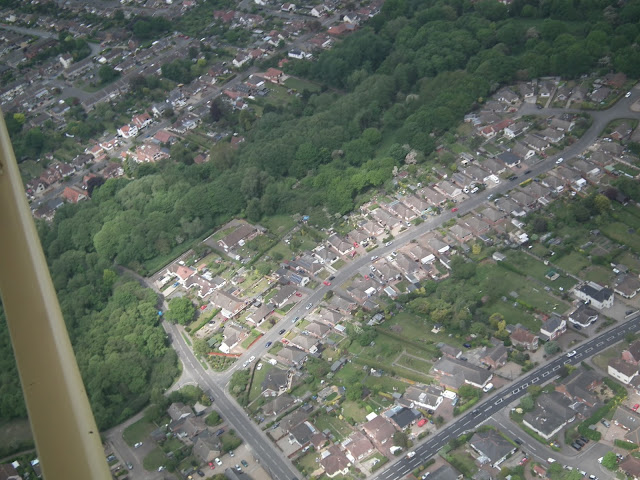
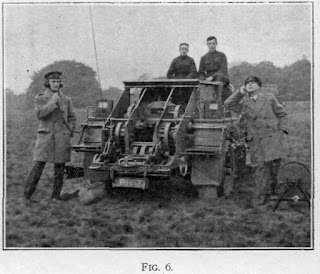
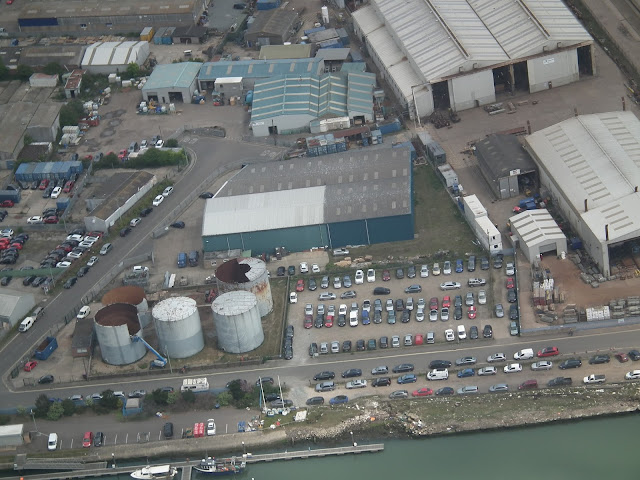
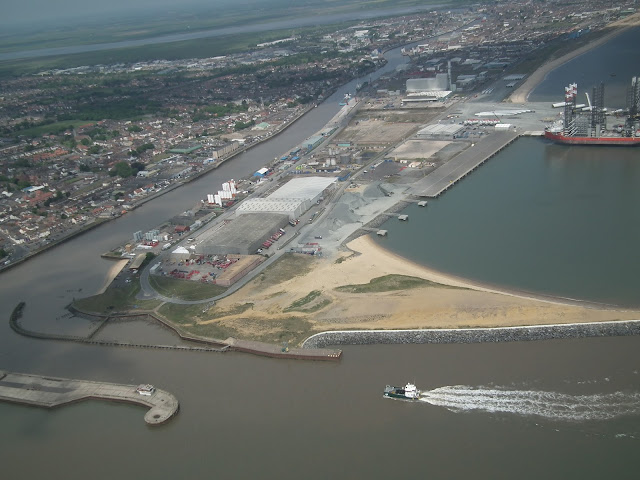

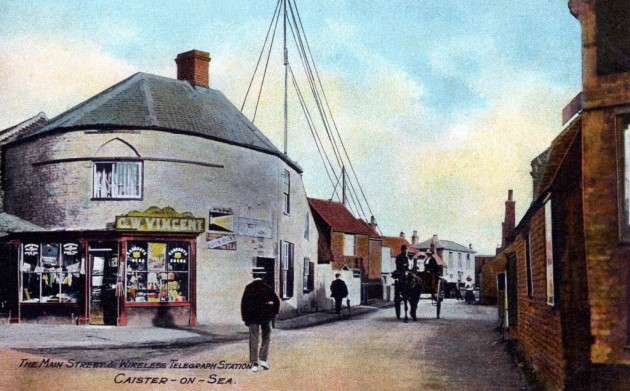
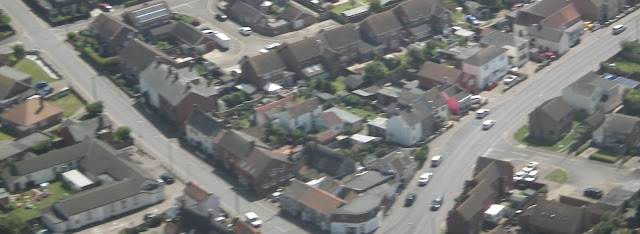
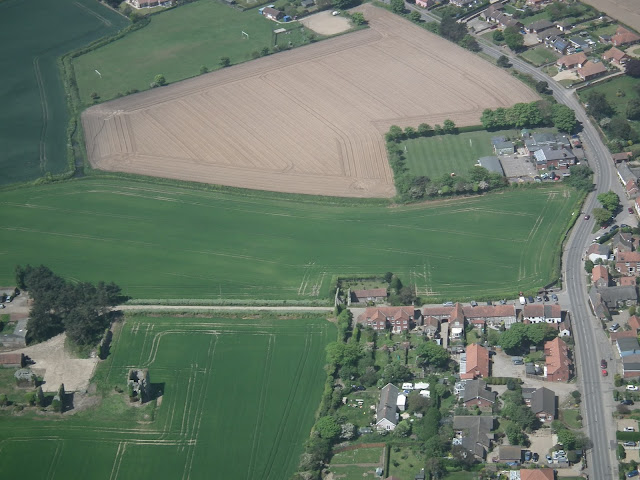

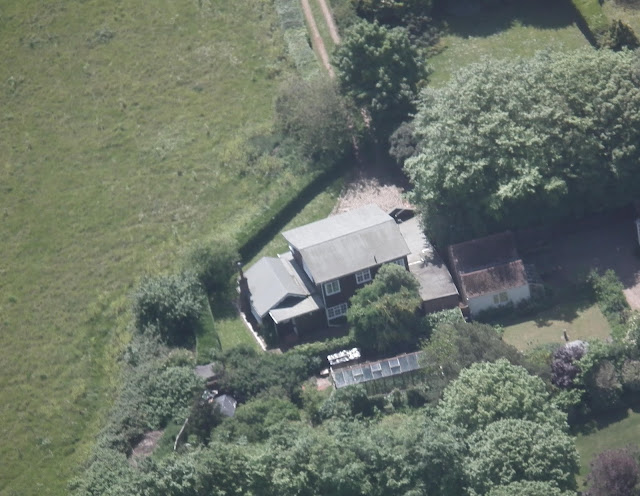

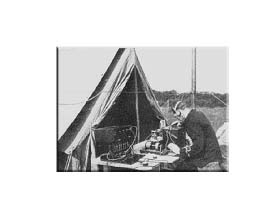
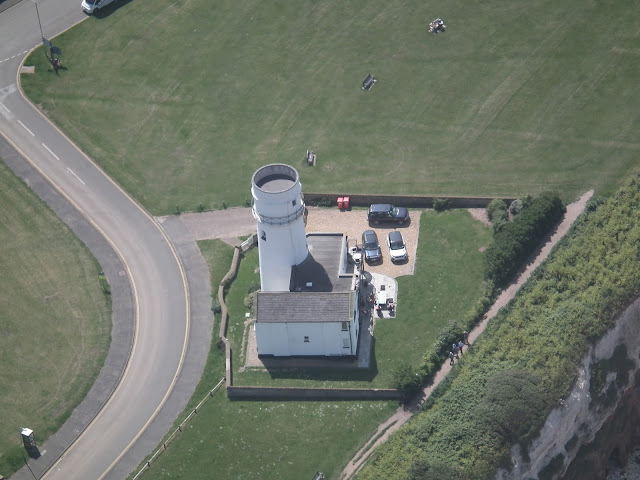
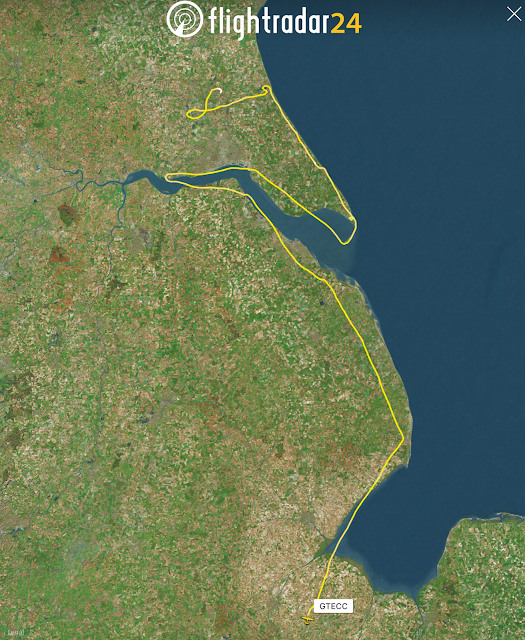
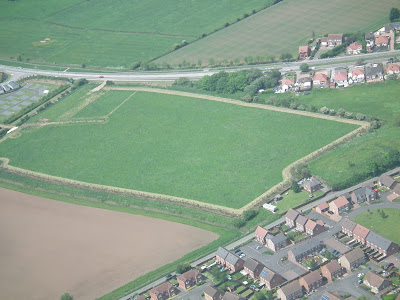

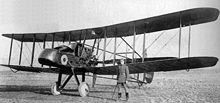
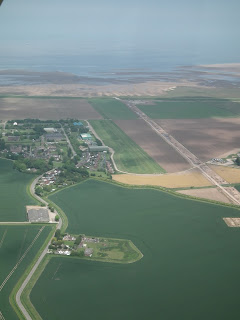
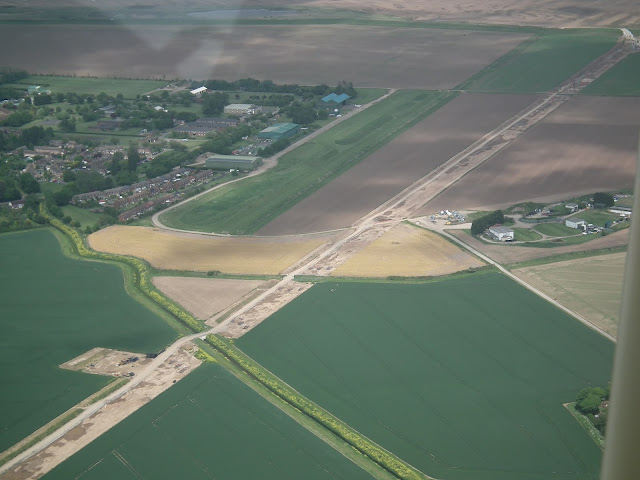


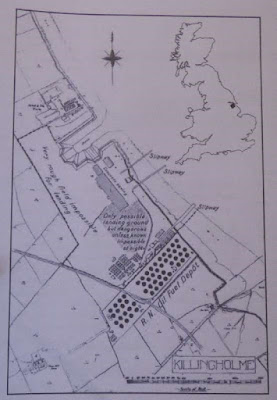


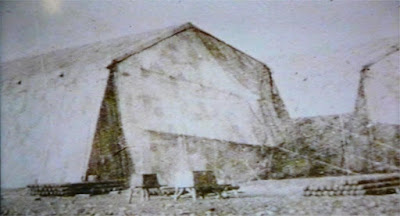
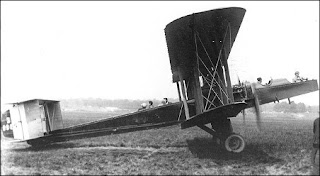
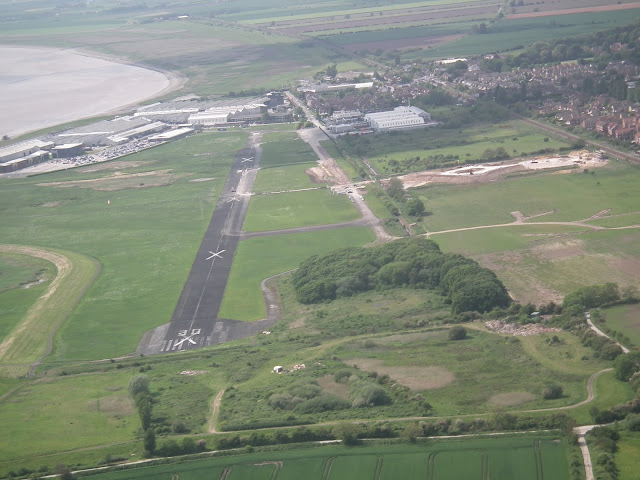
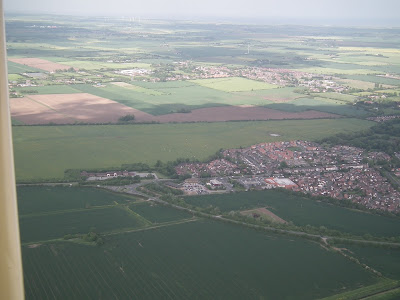

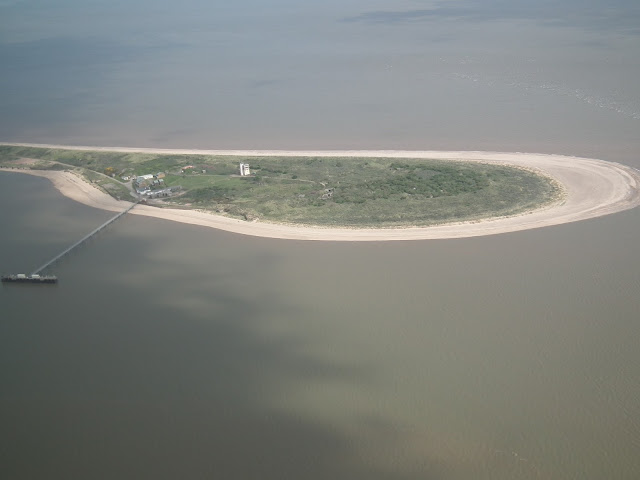



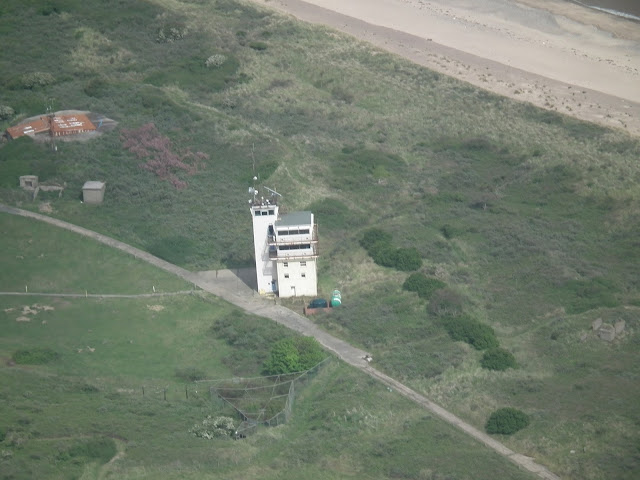




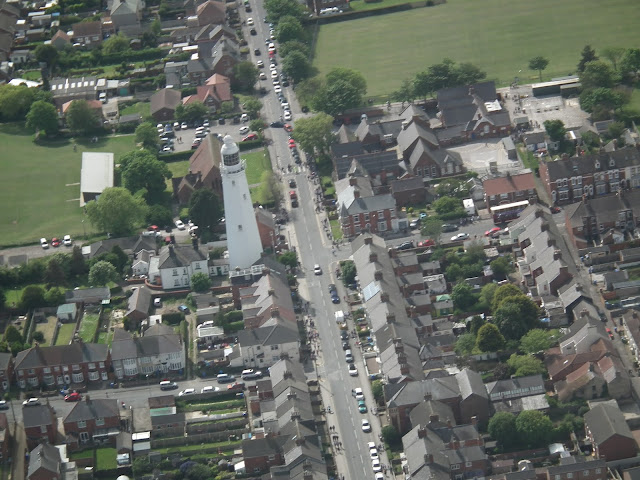
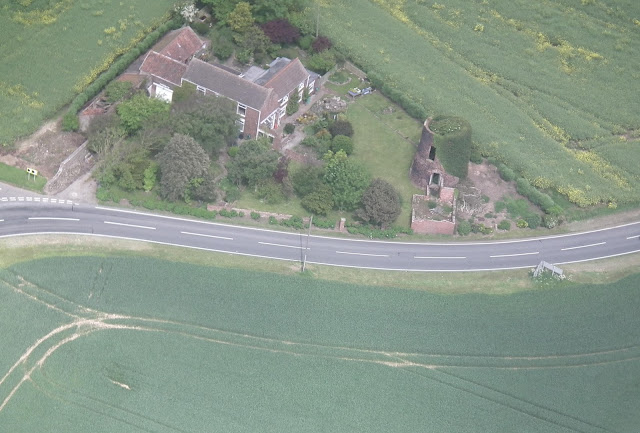
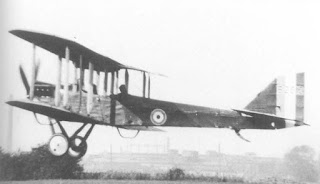

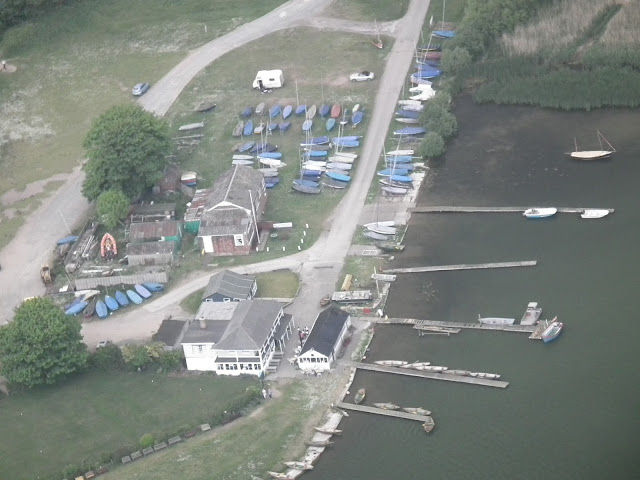
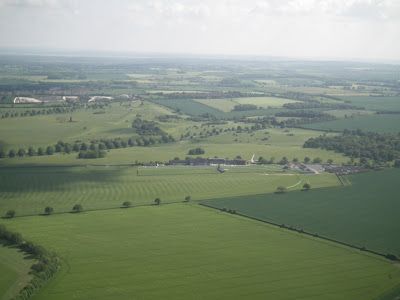


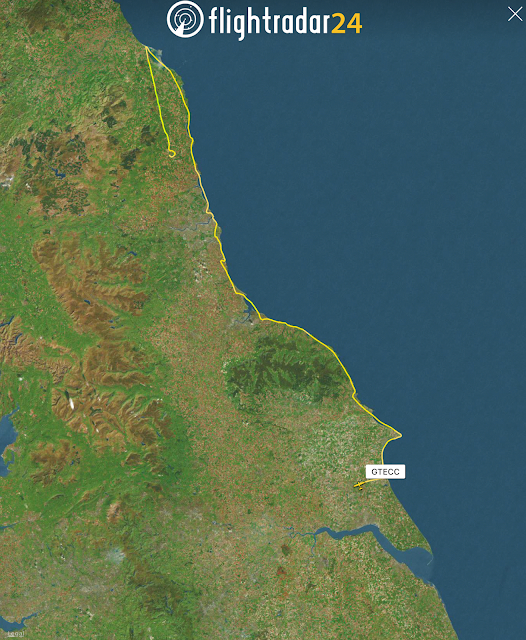
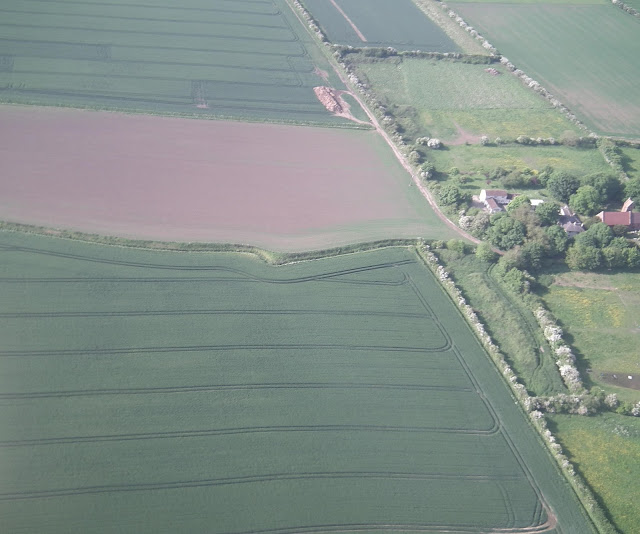

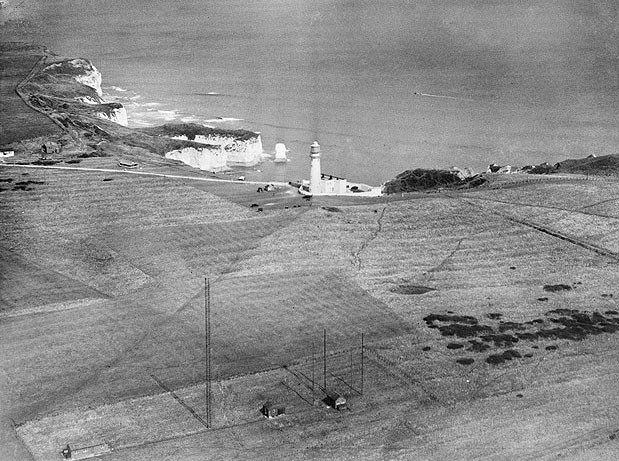


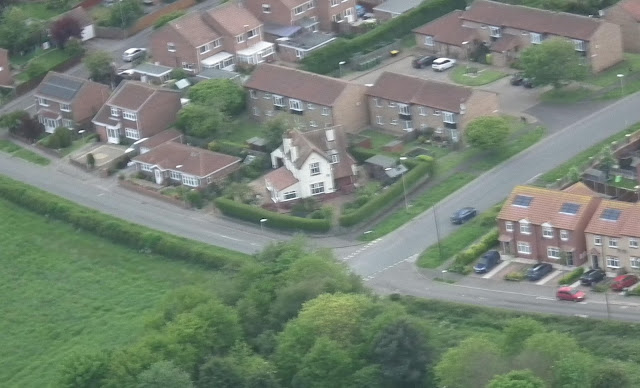
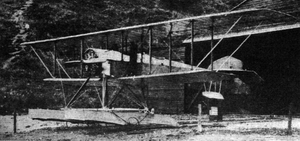


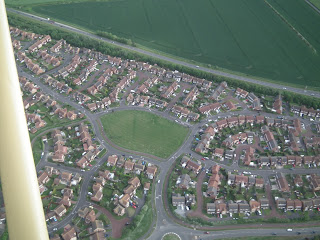
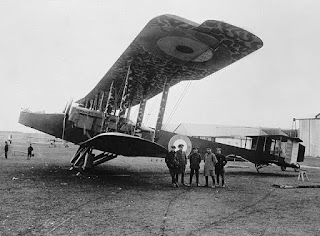
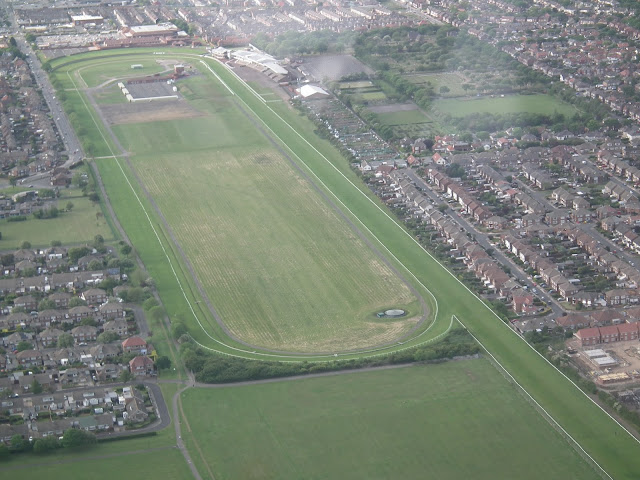

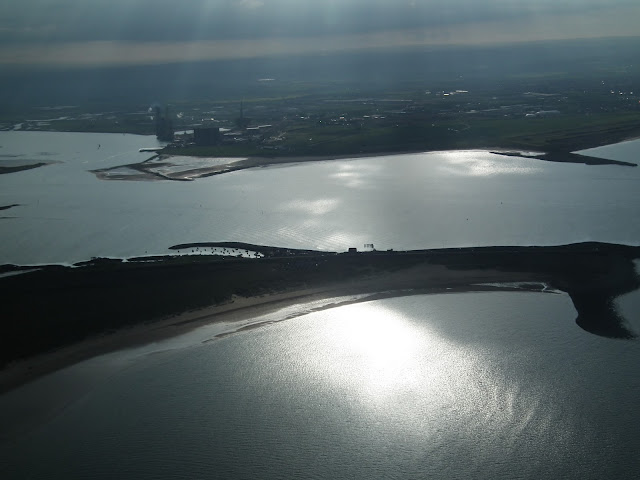
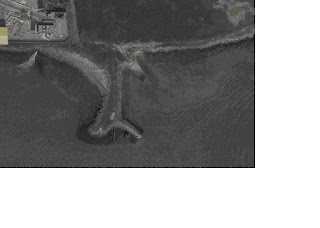

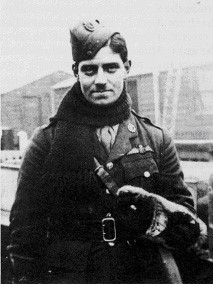
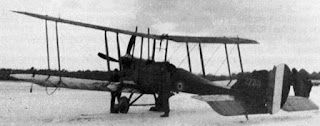
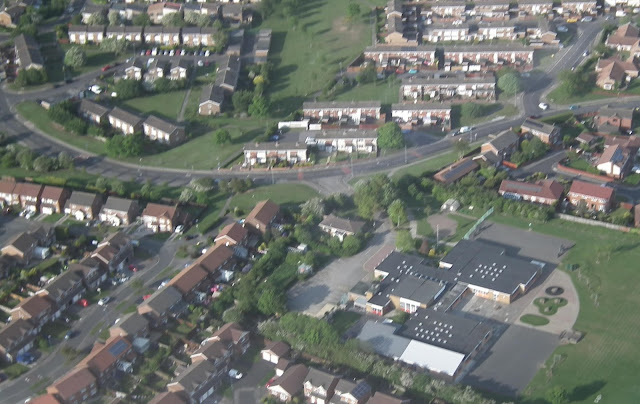
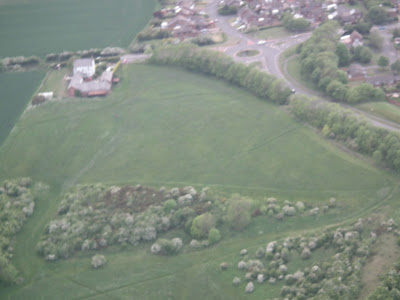
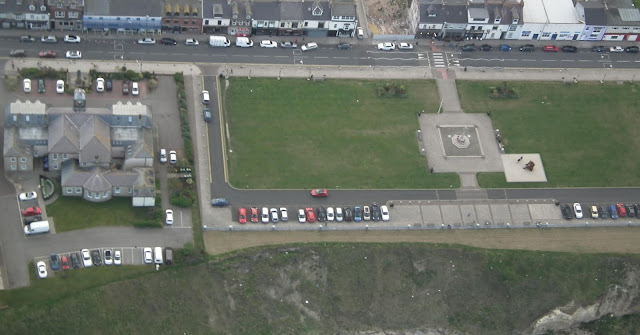

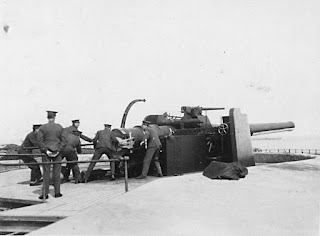
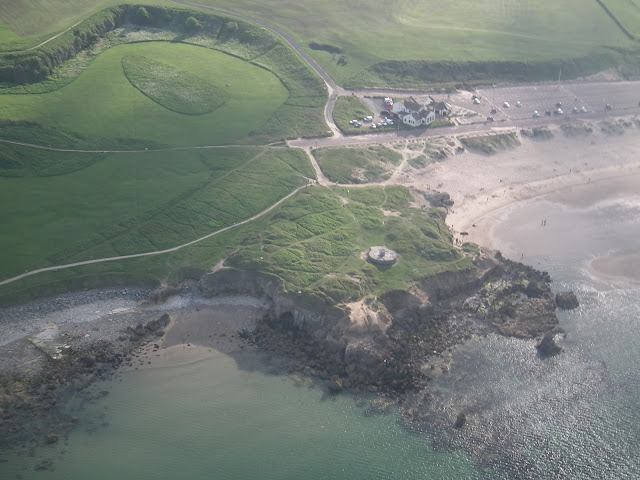
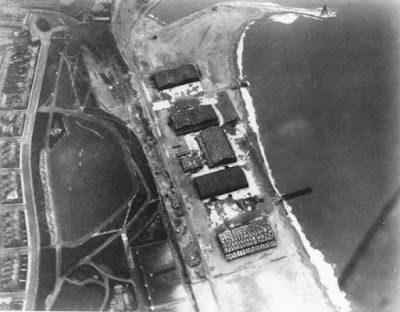

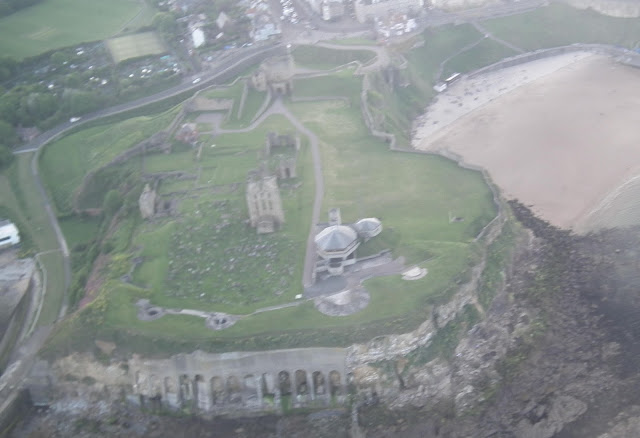
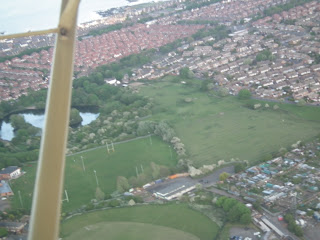
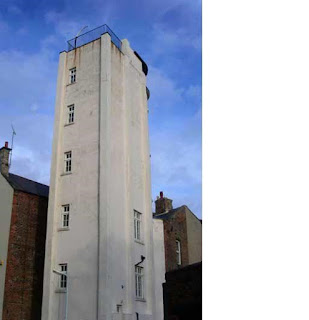
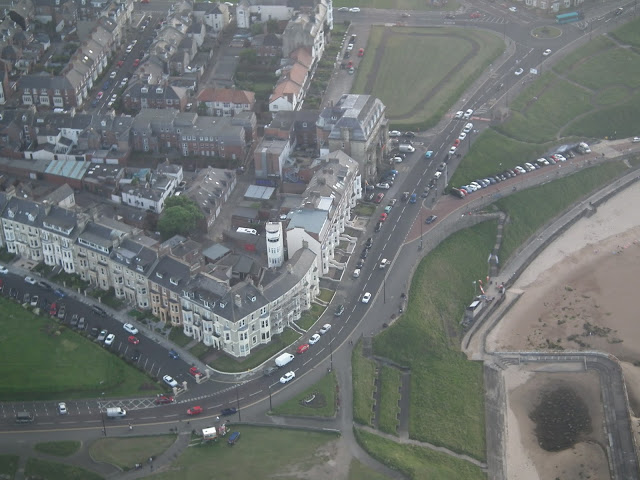
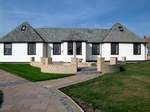
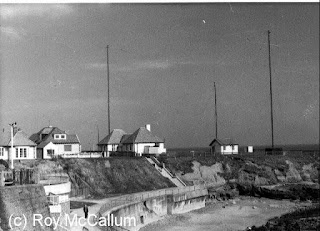
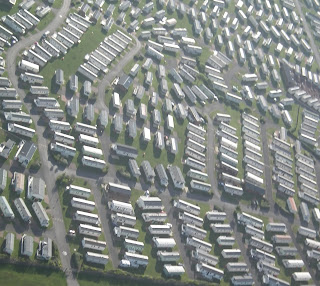
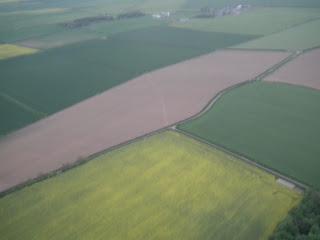
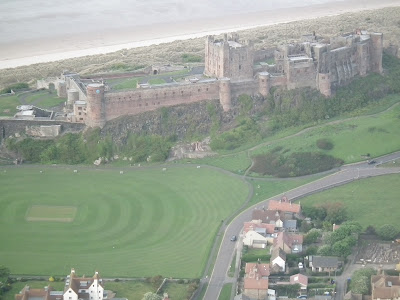



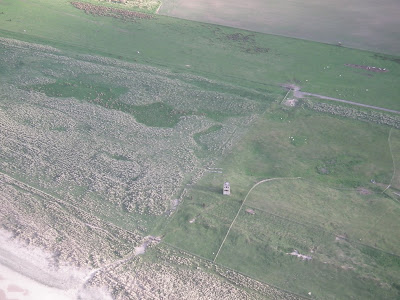
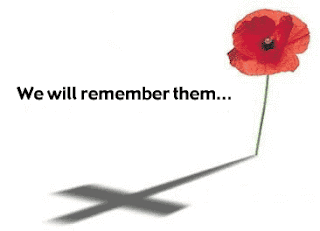

Comments
Post a Comment